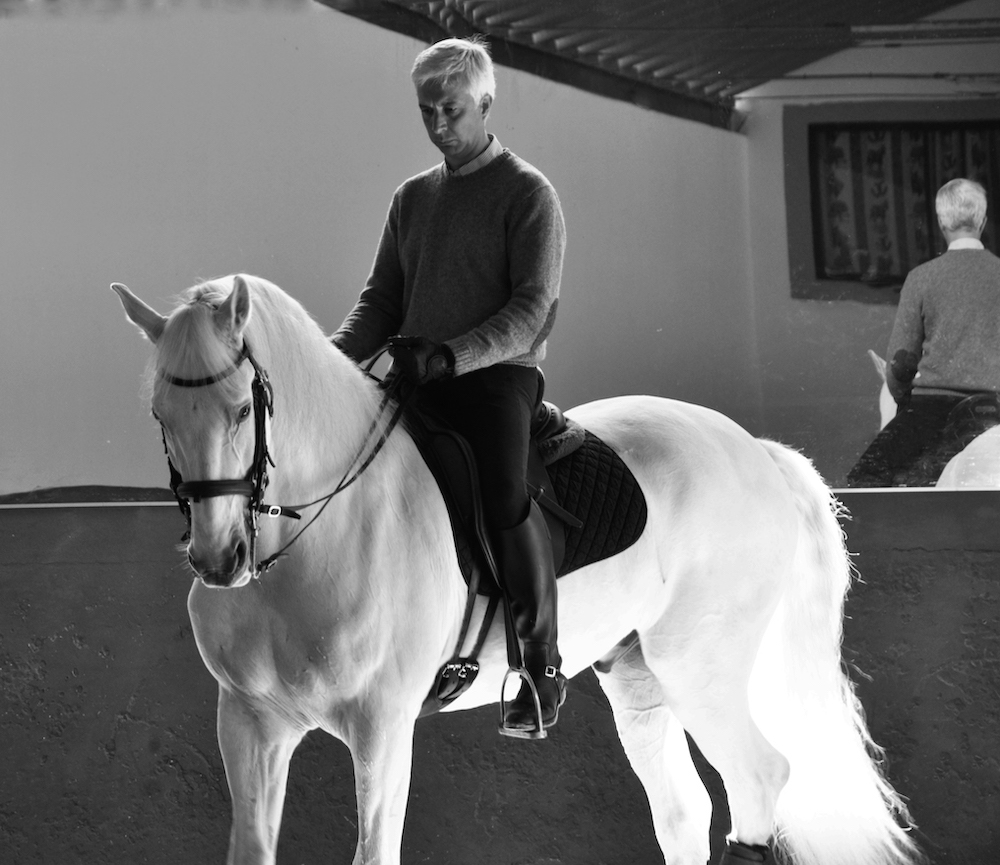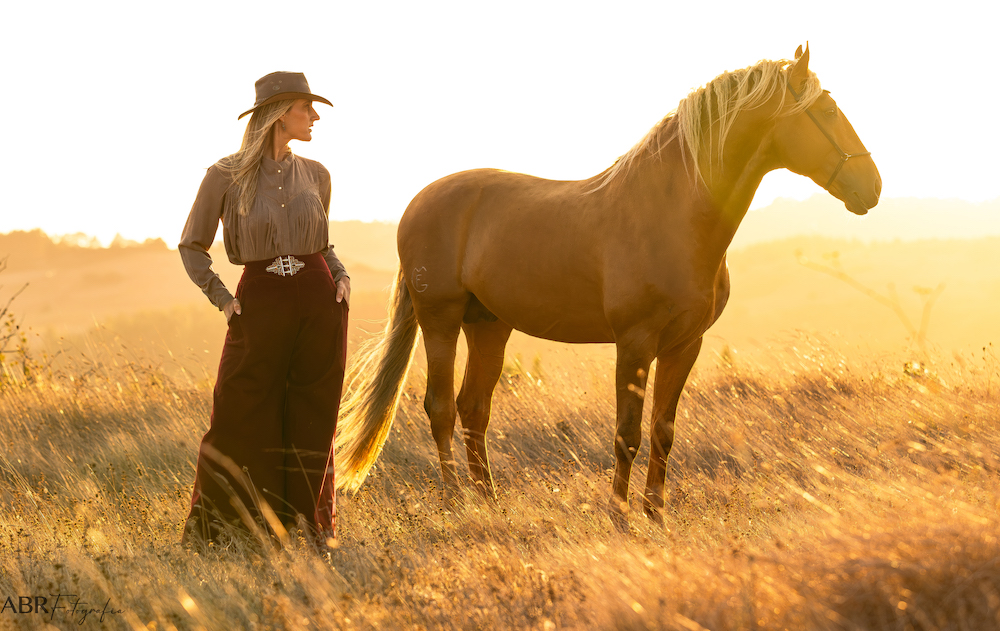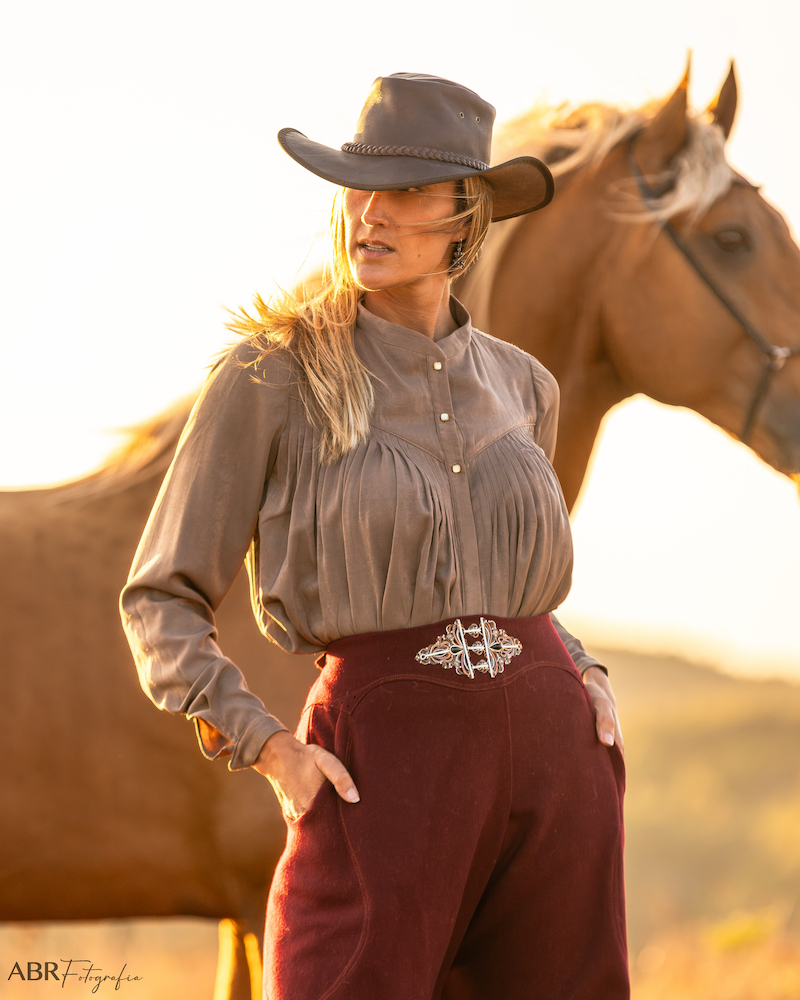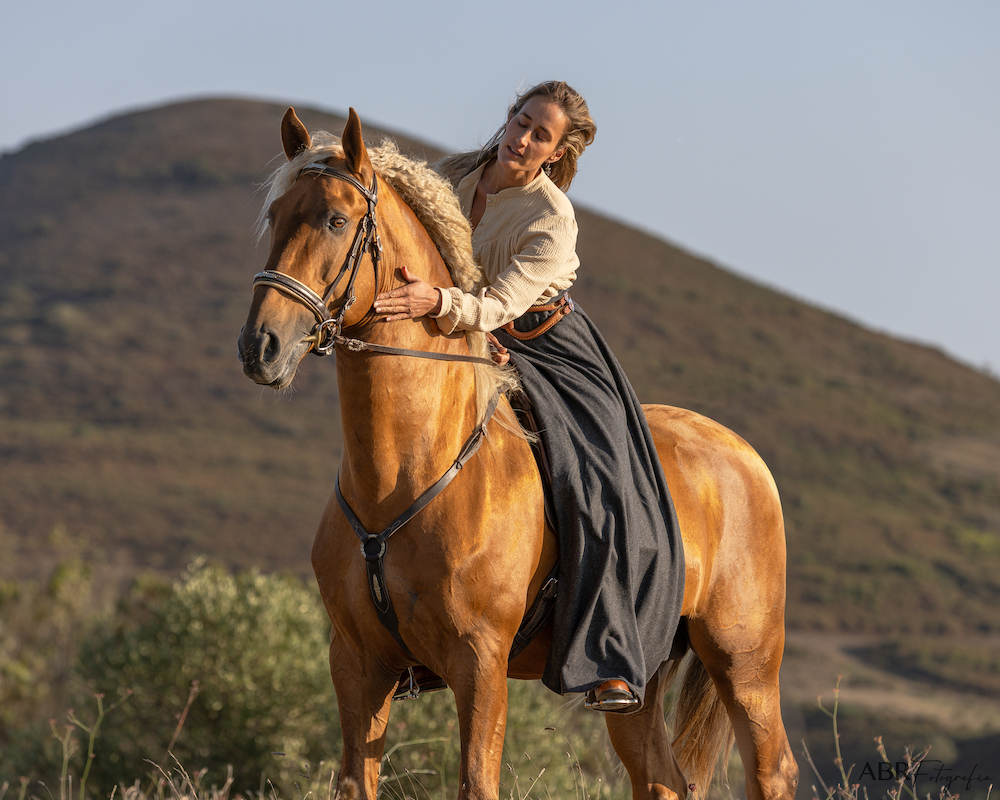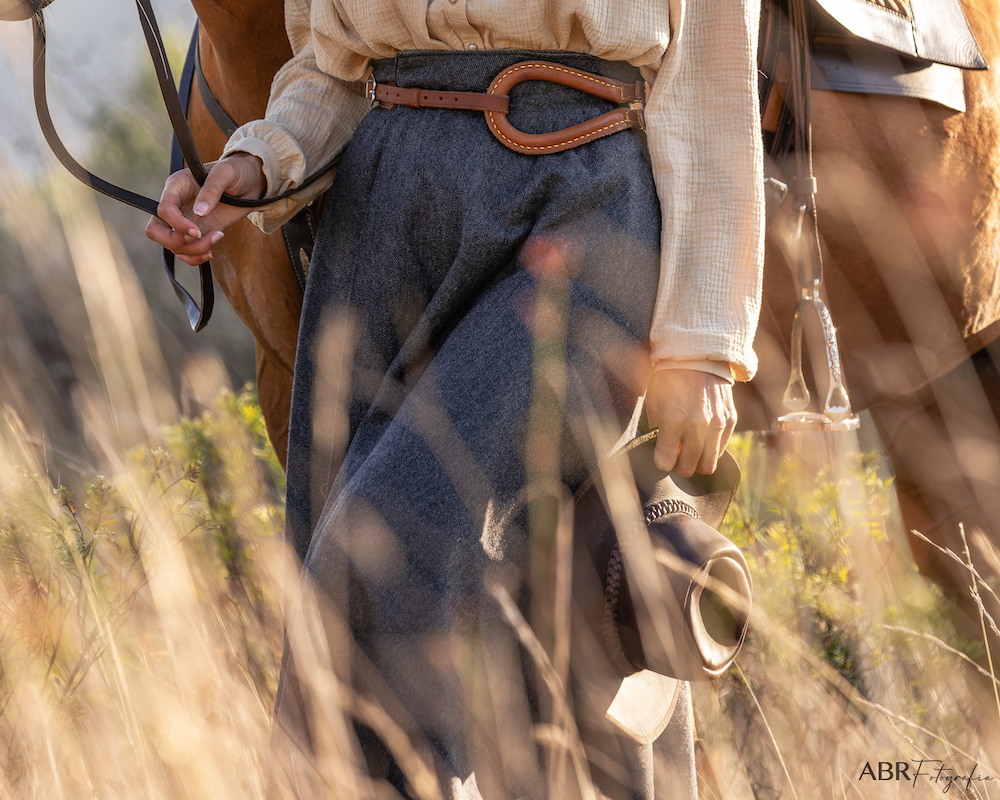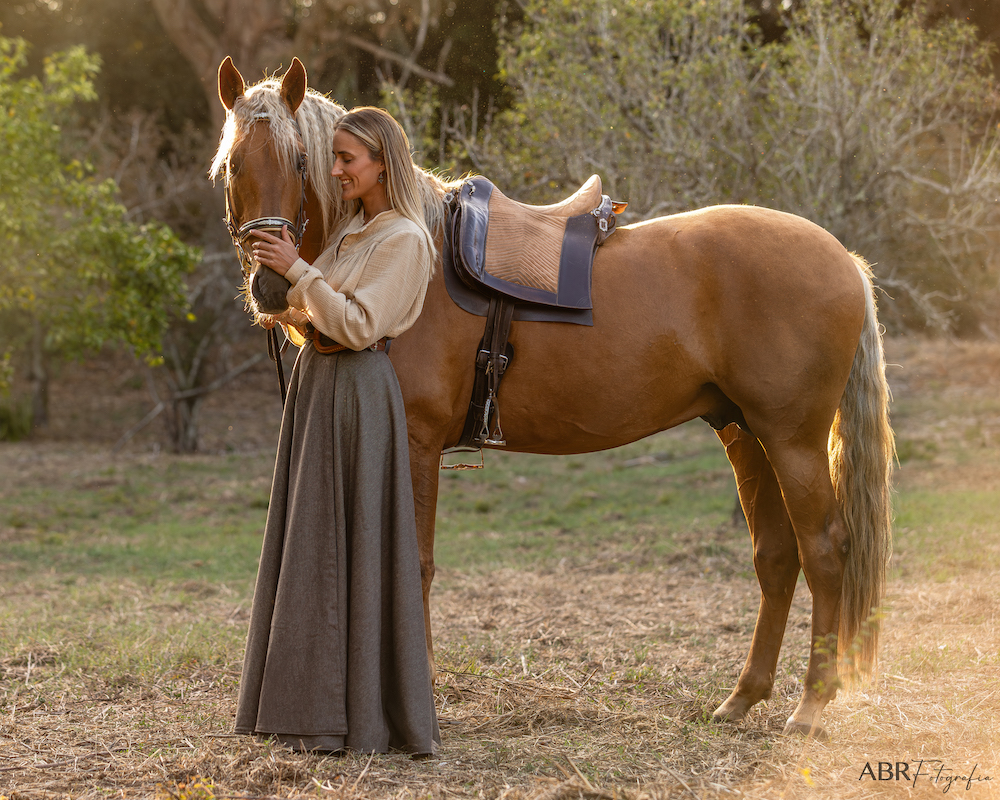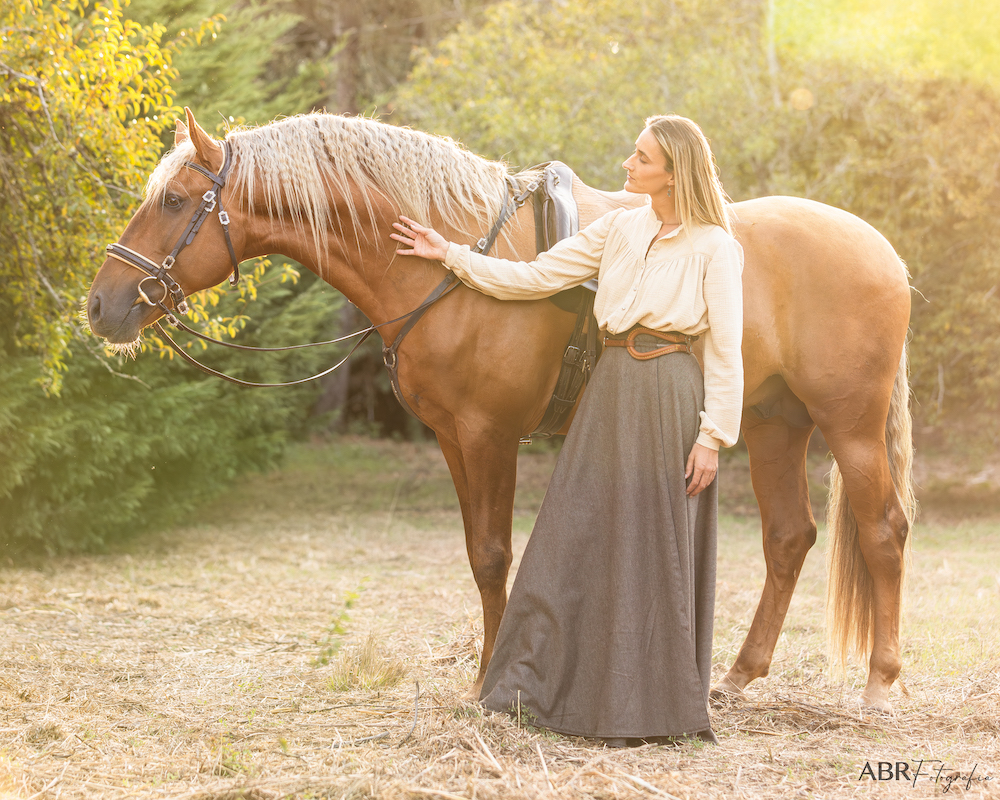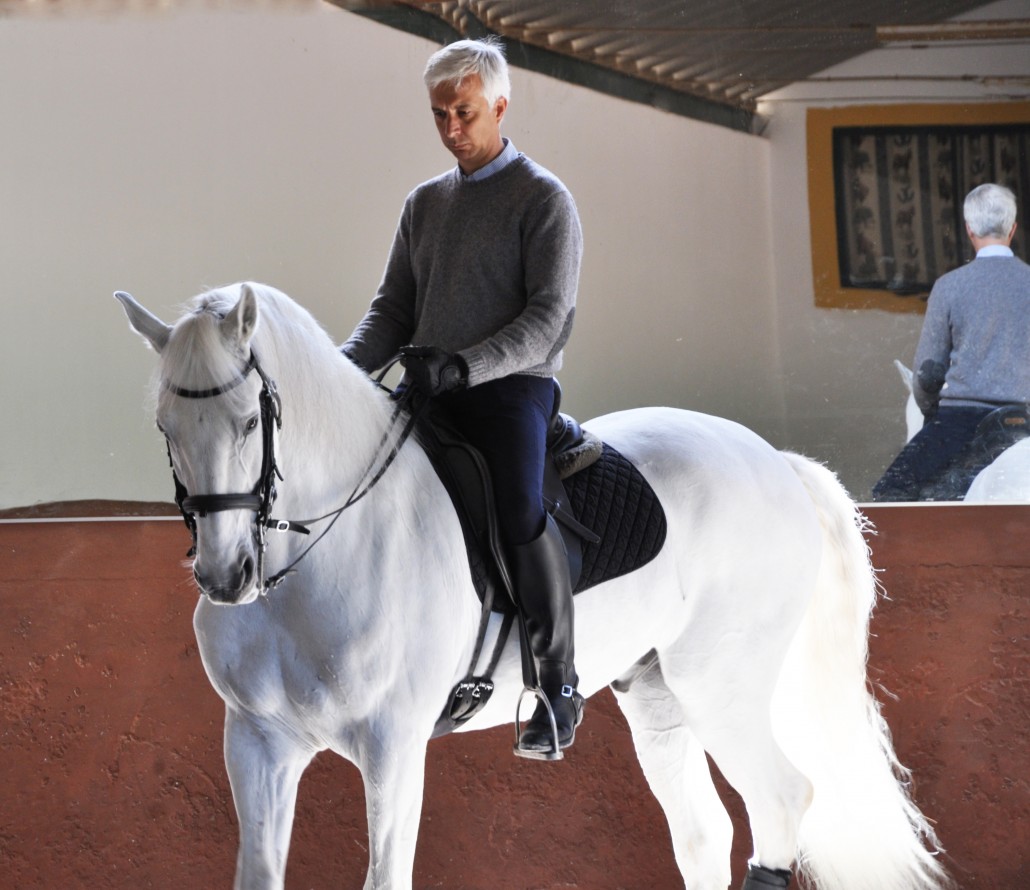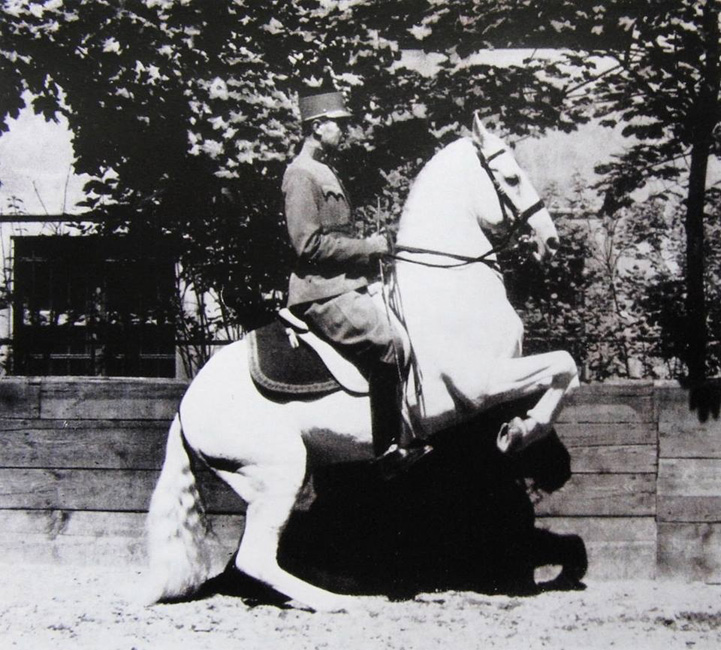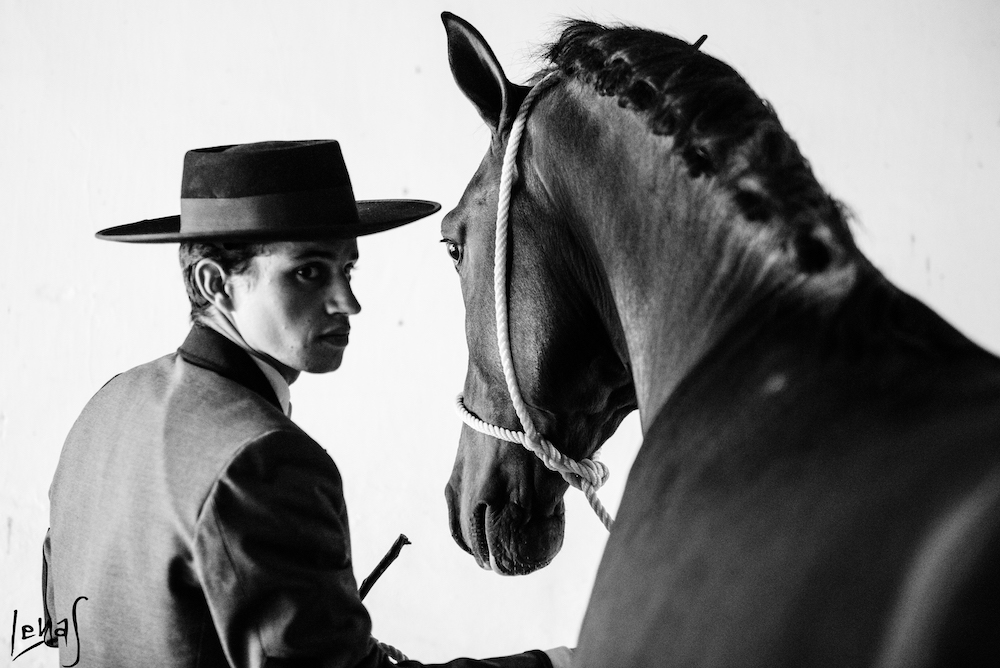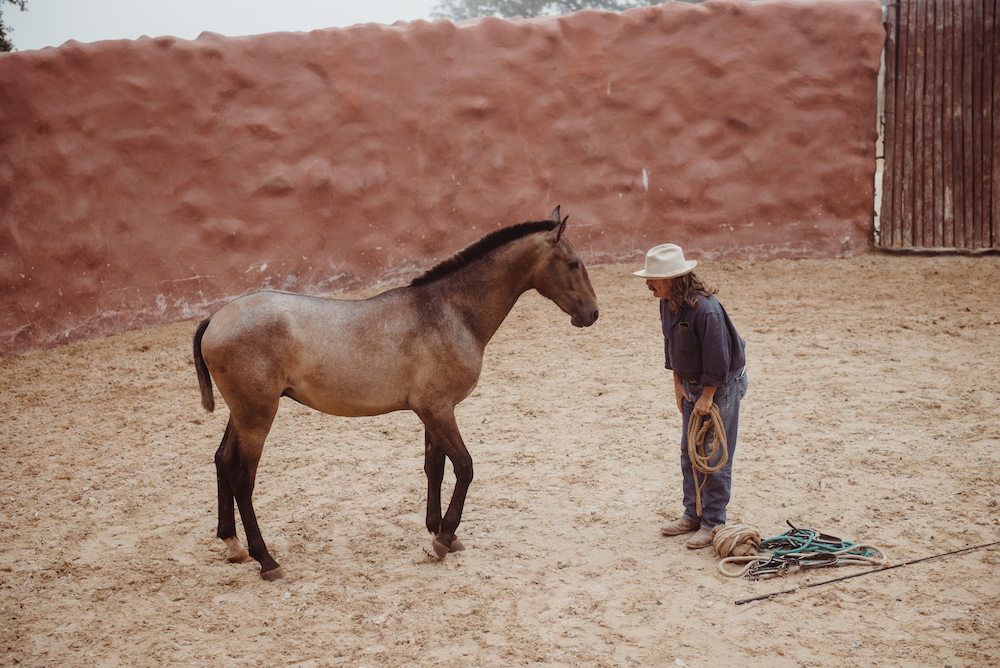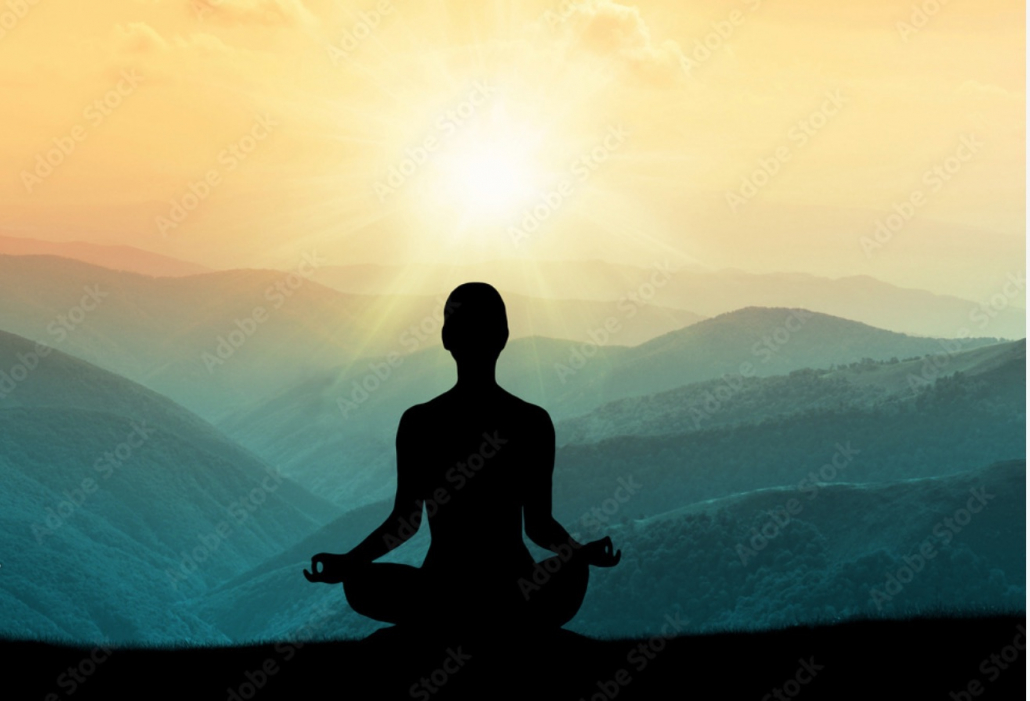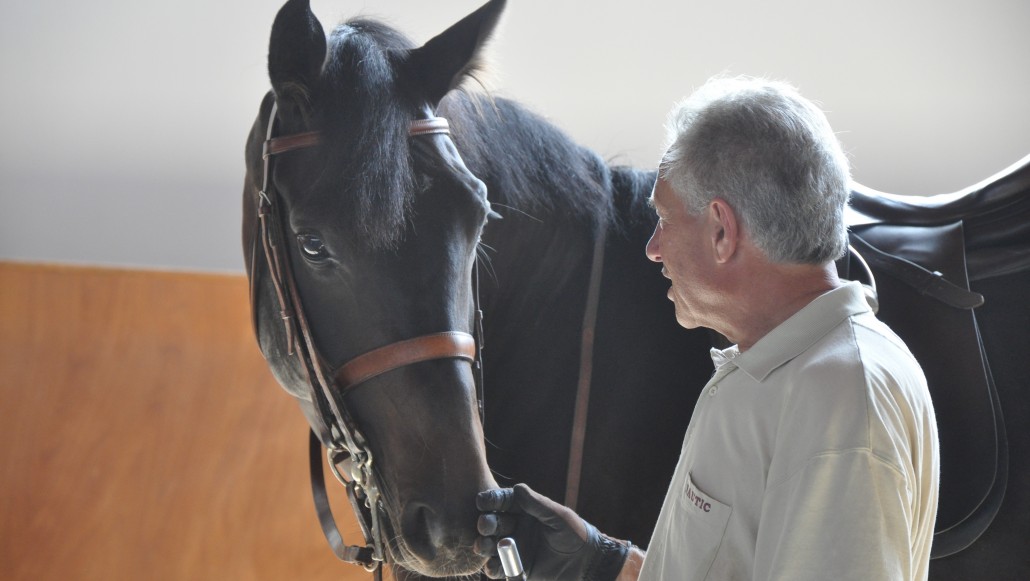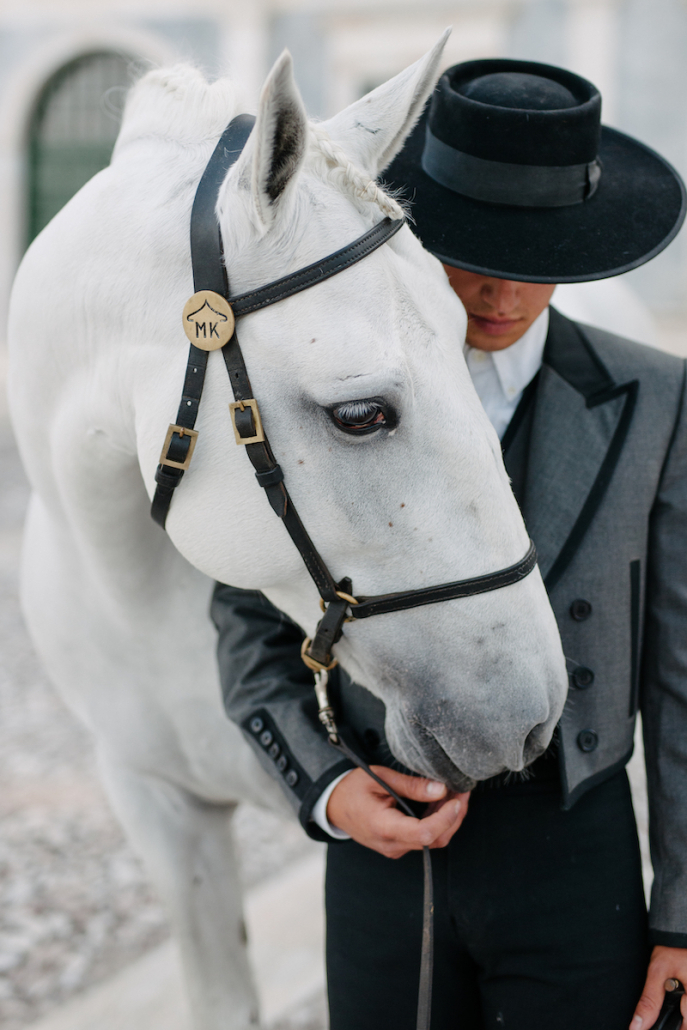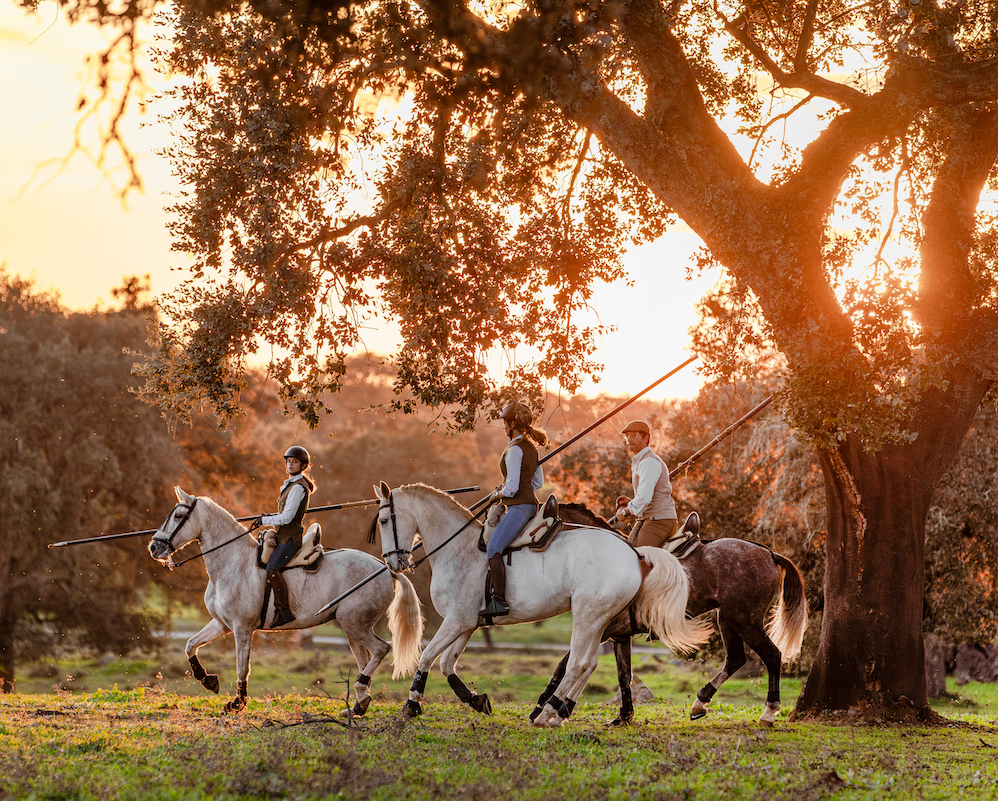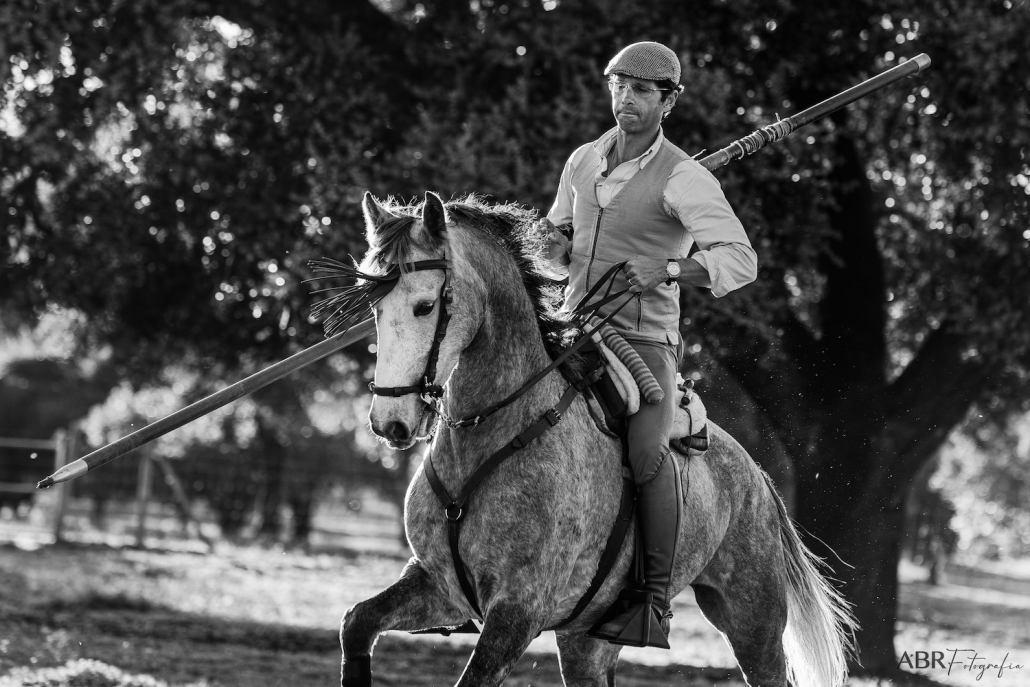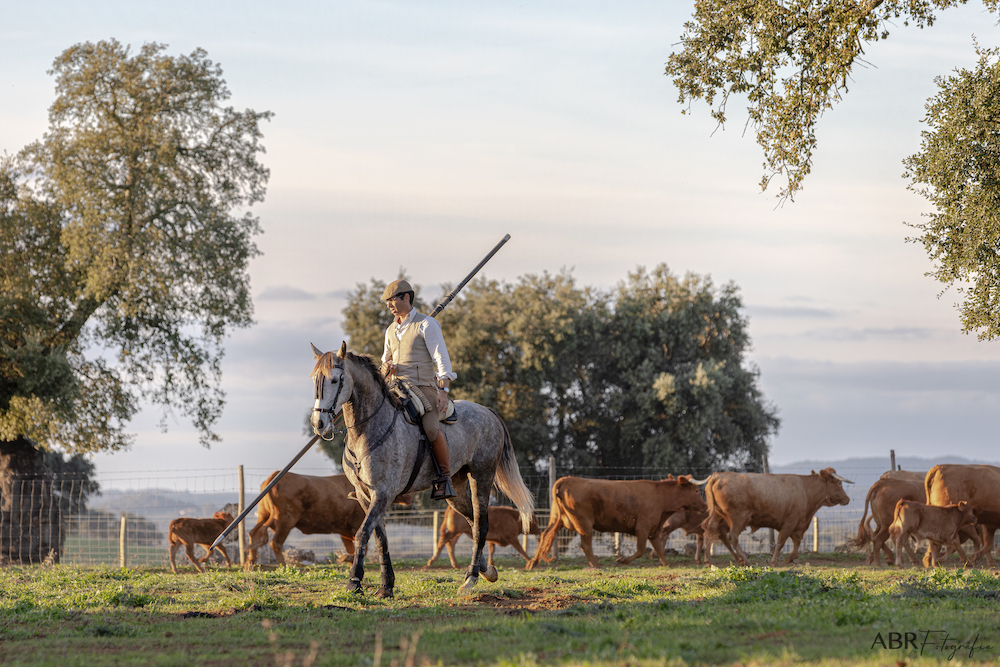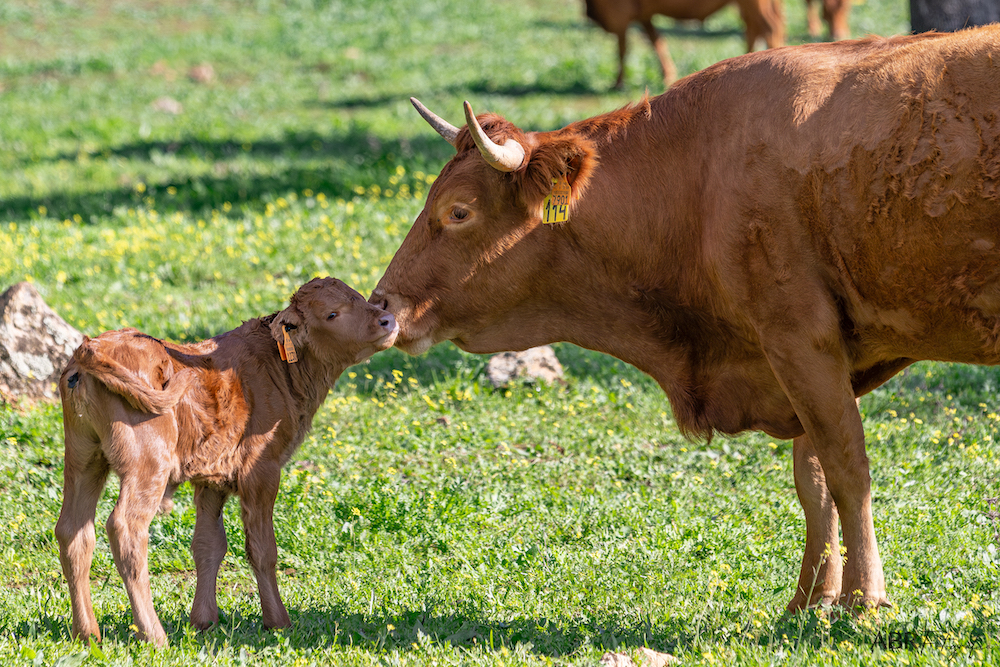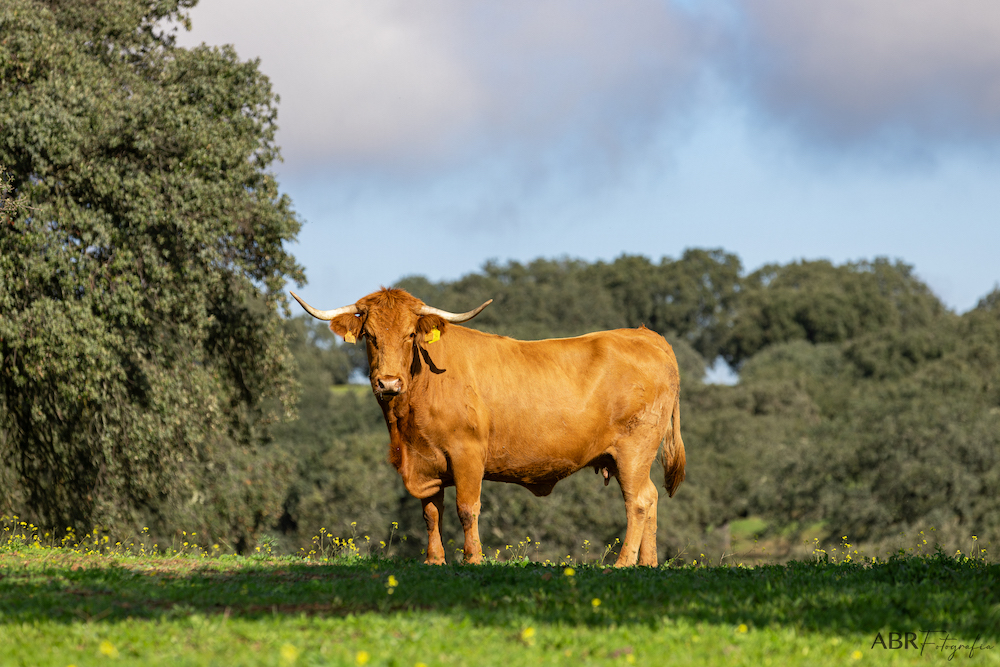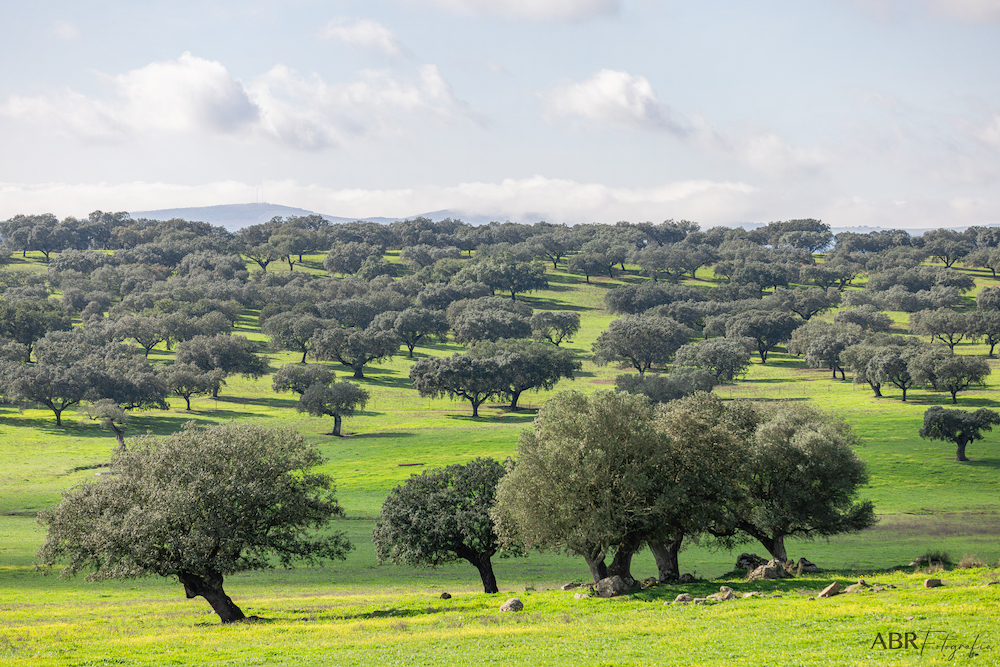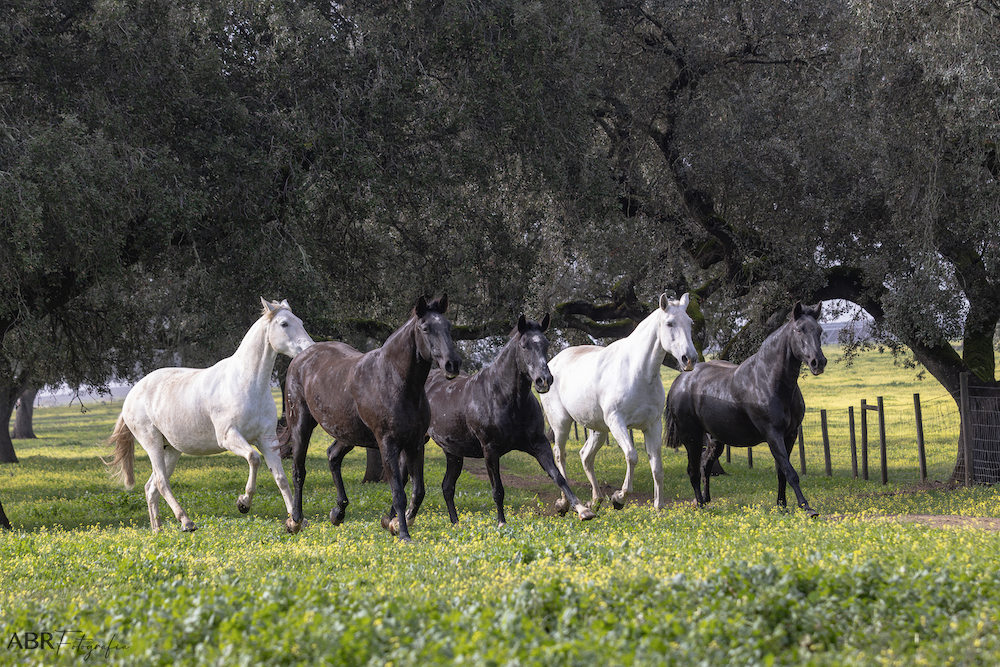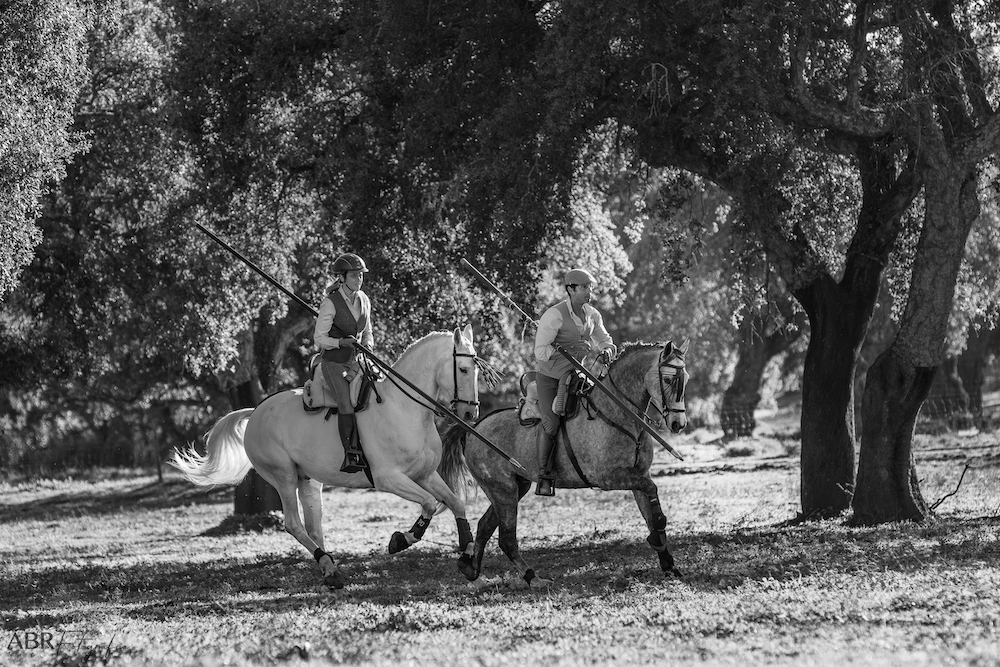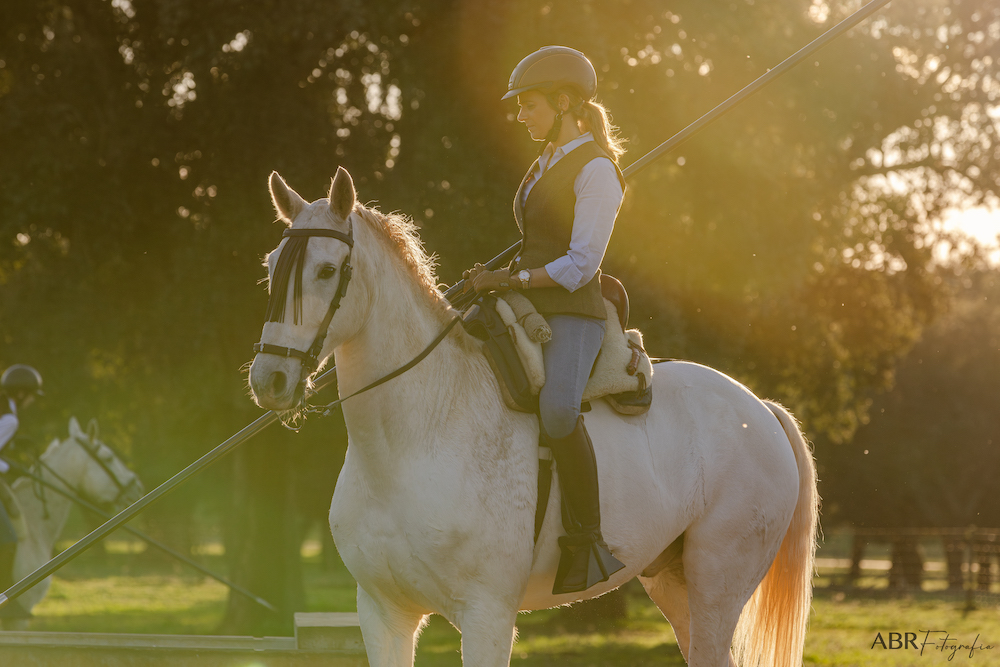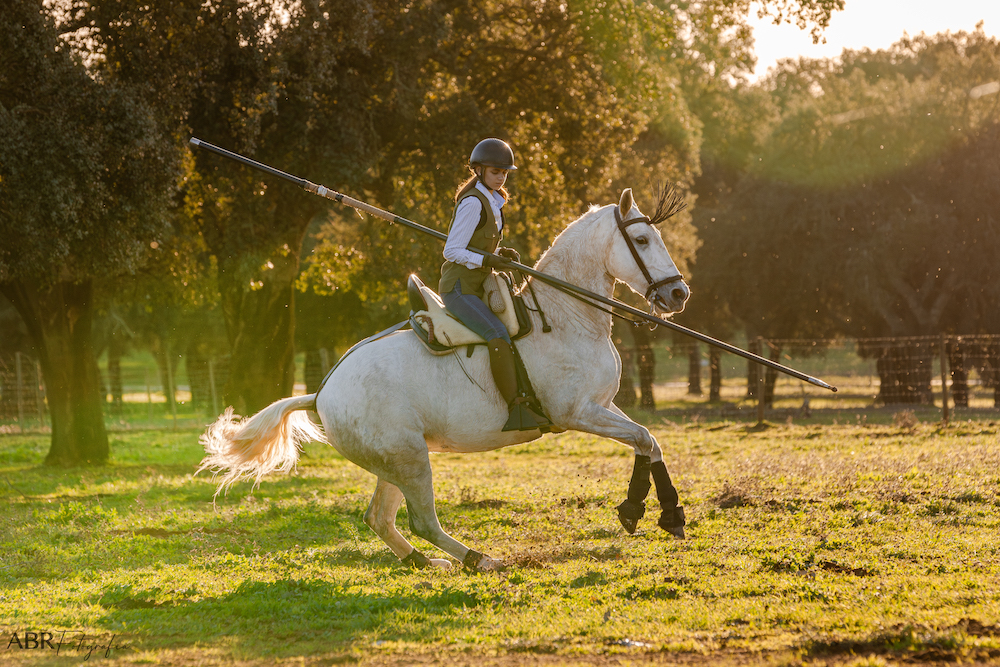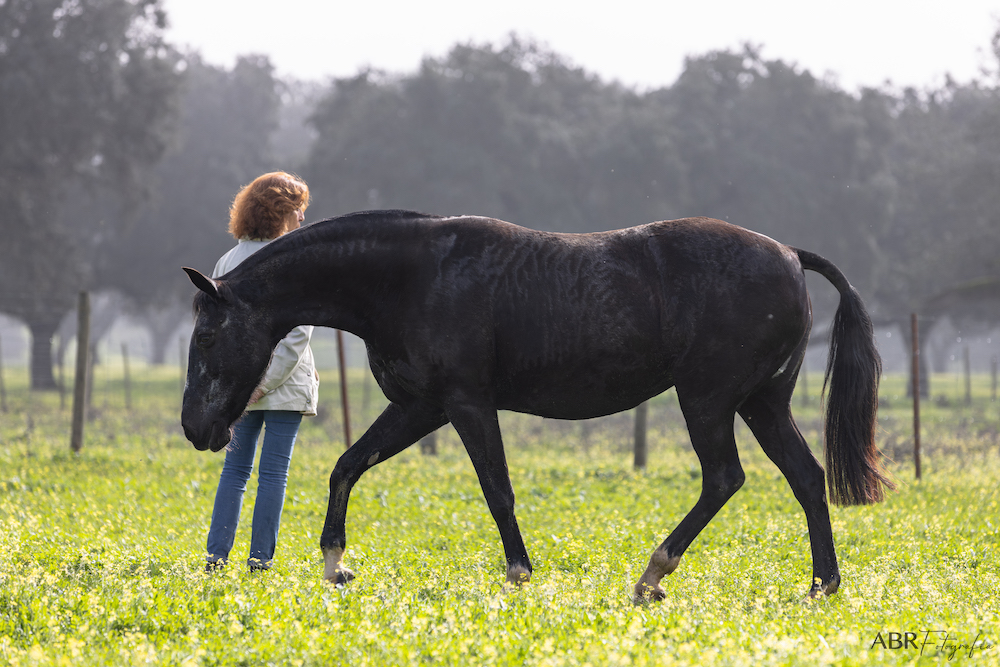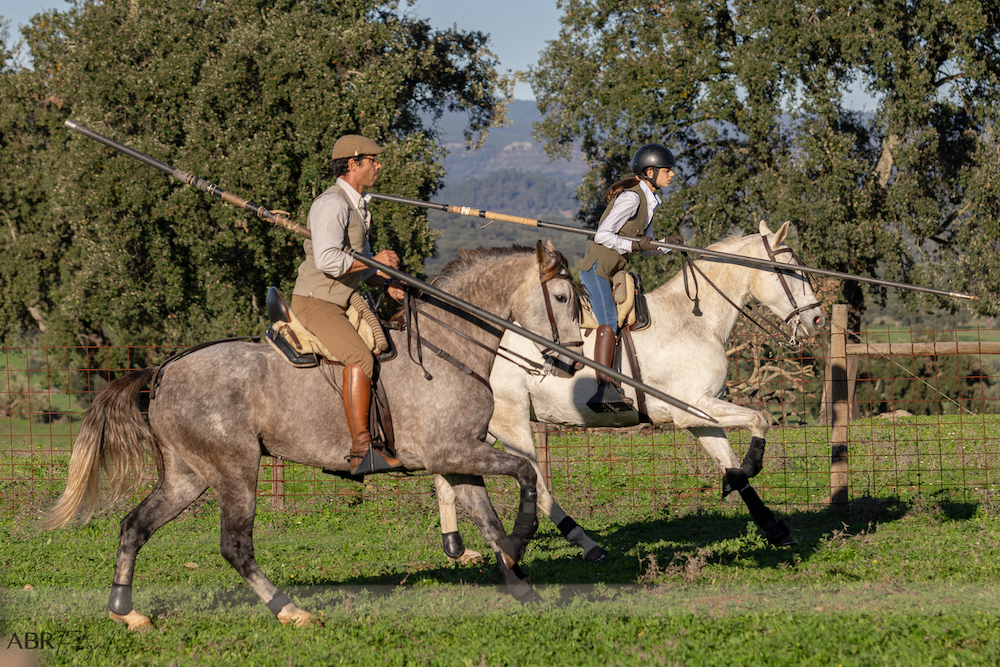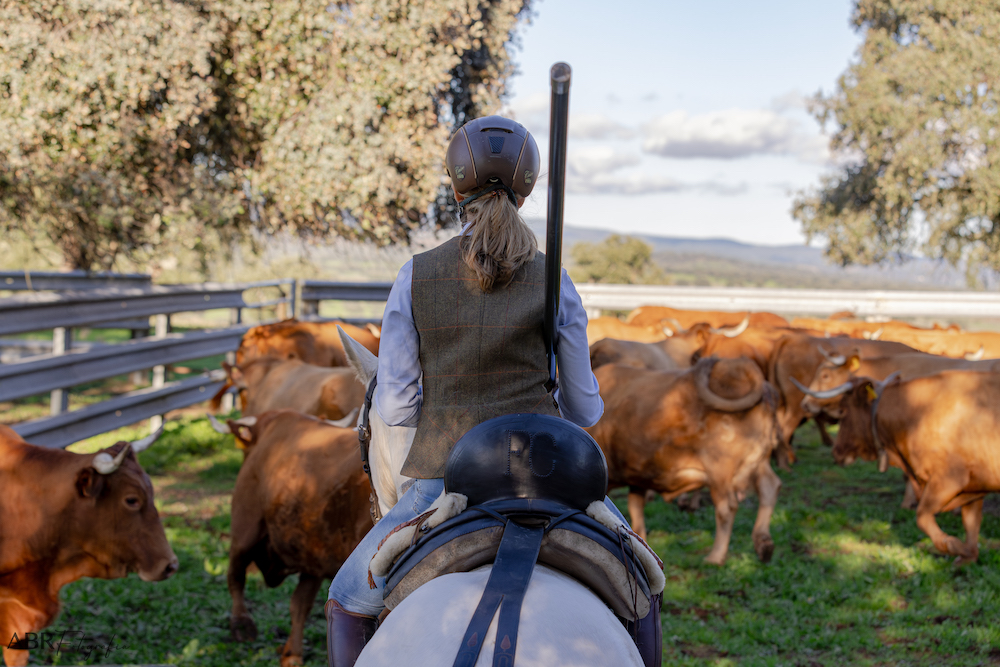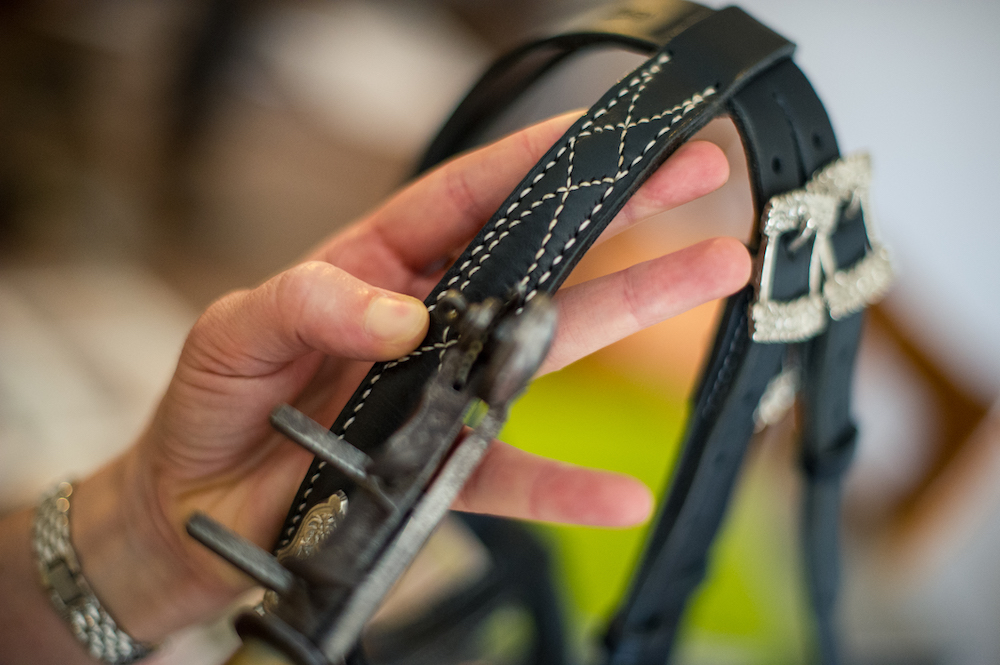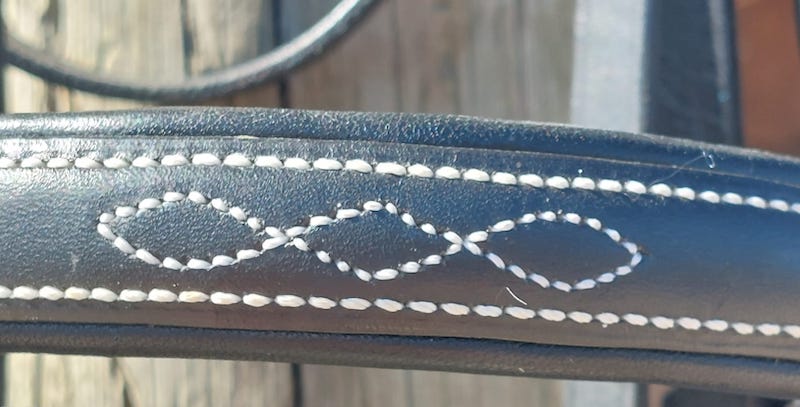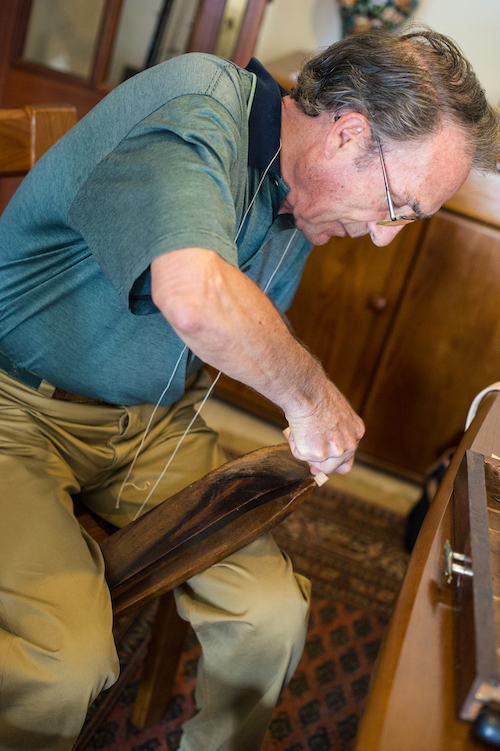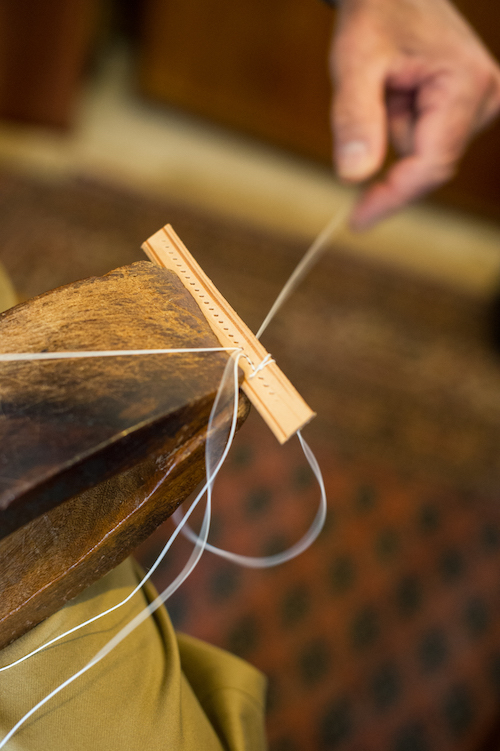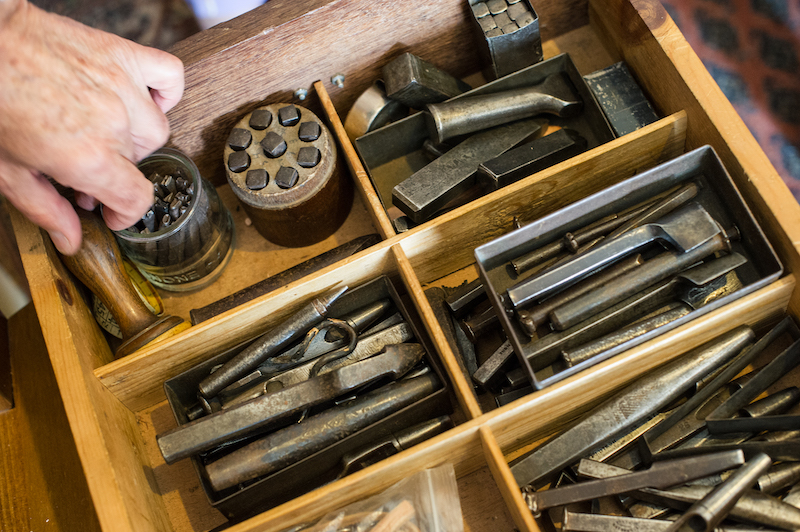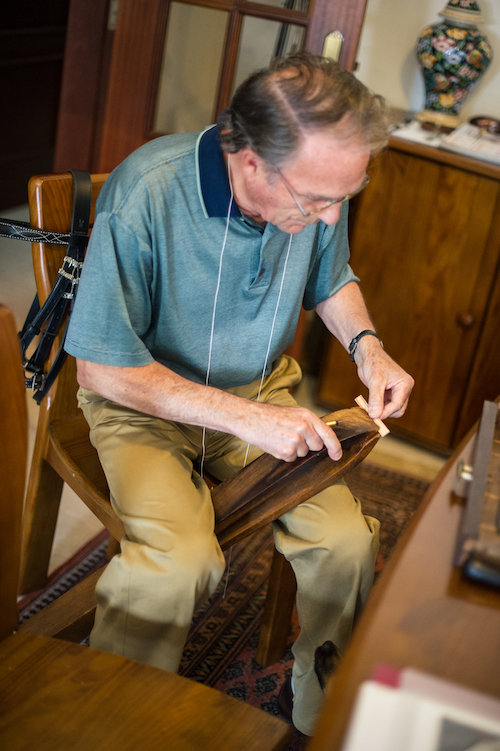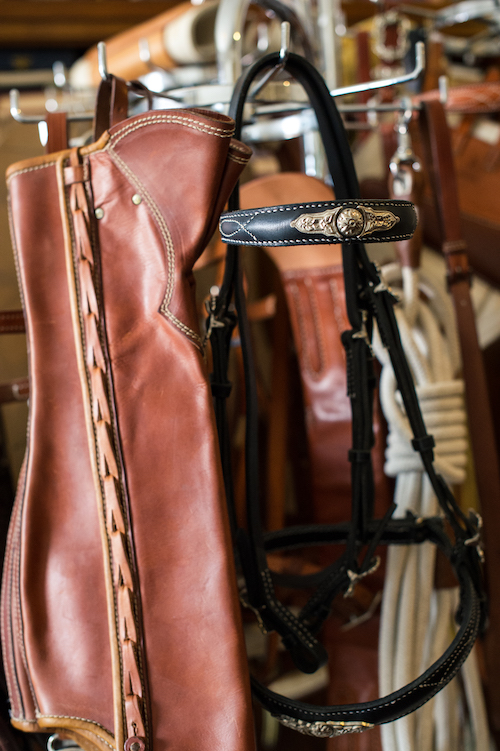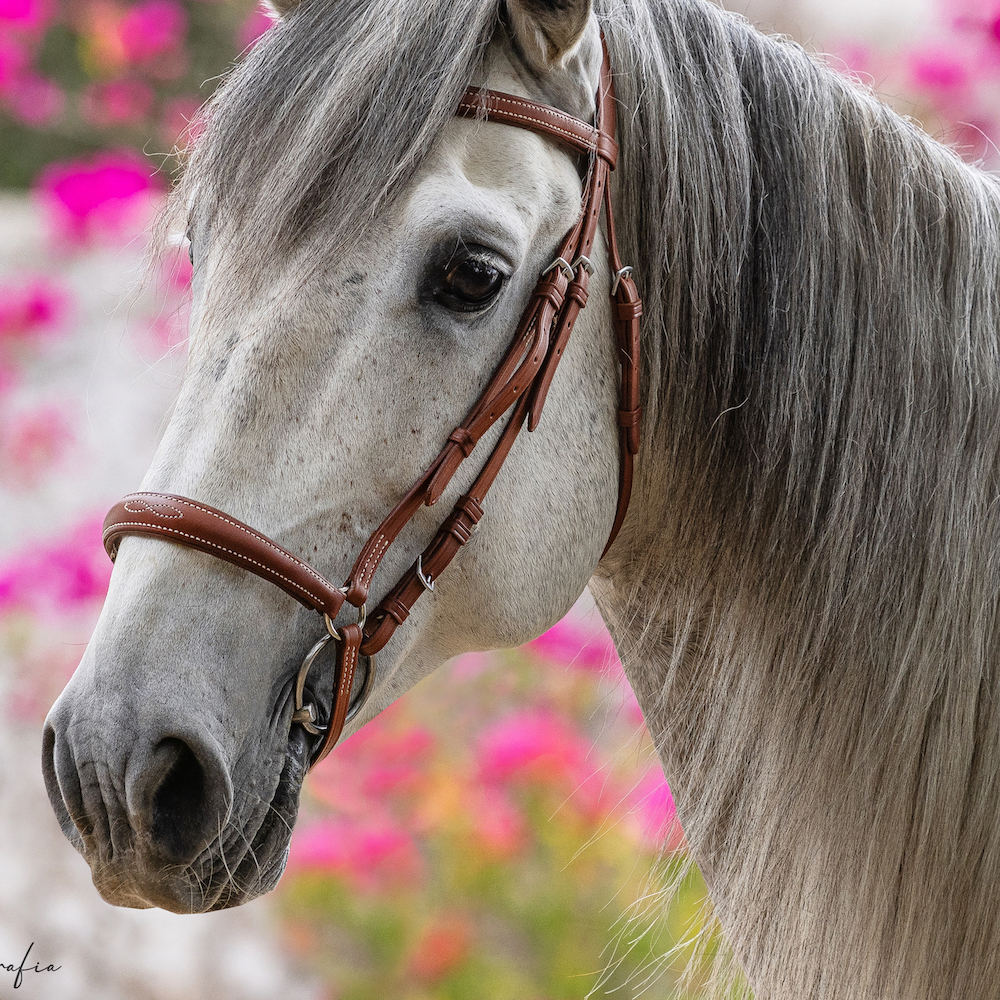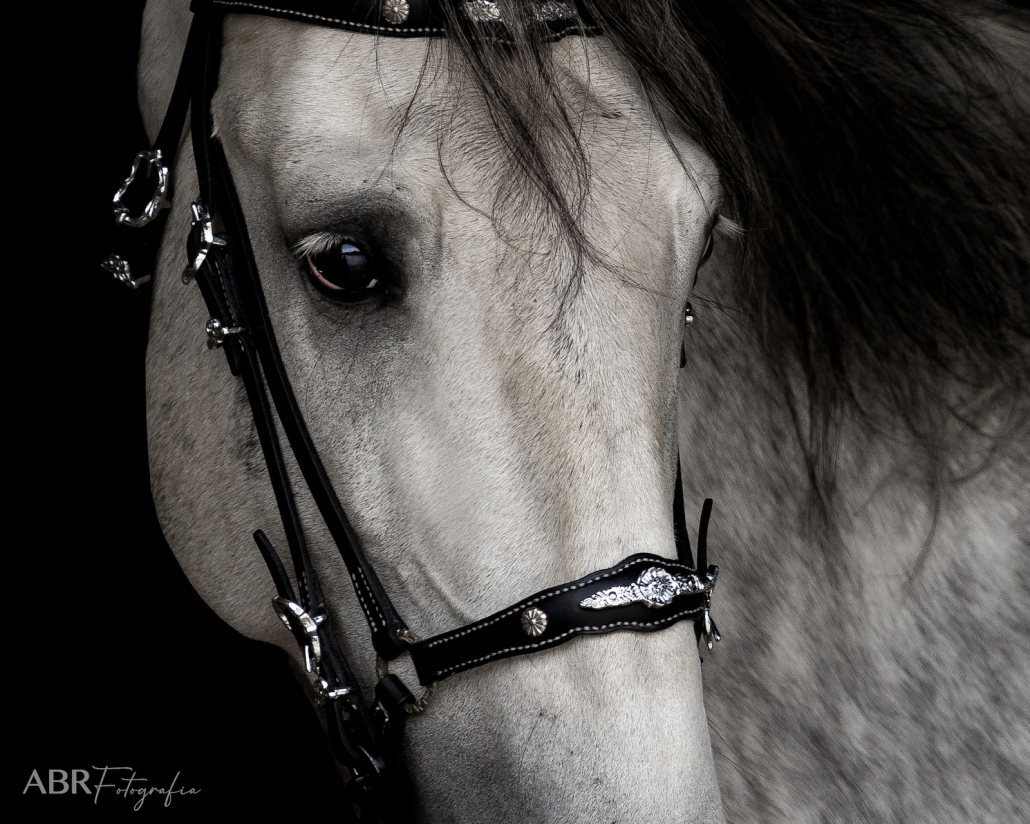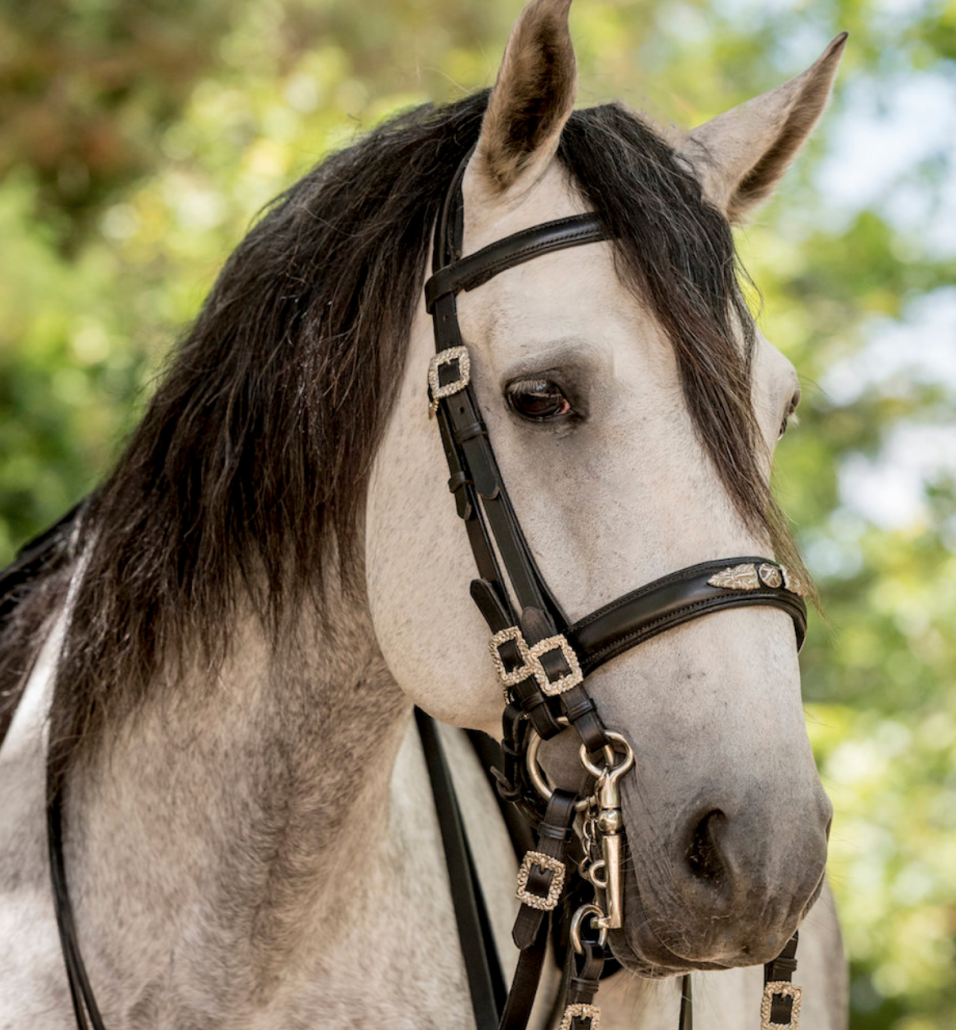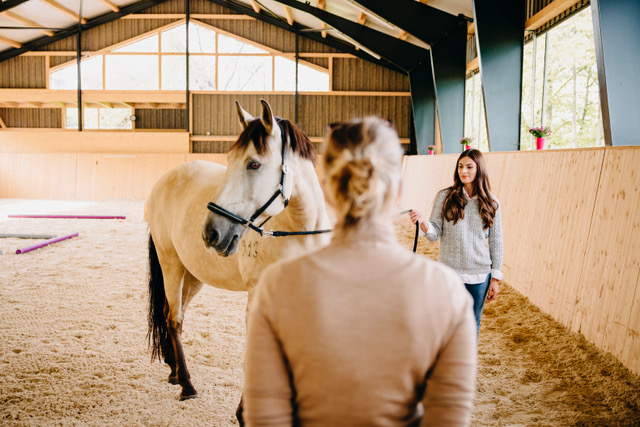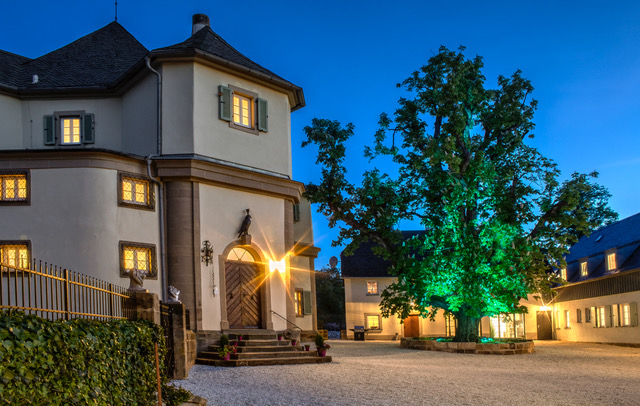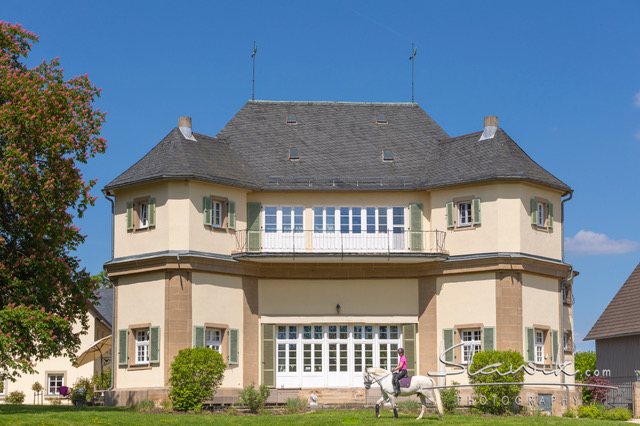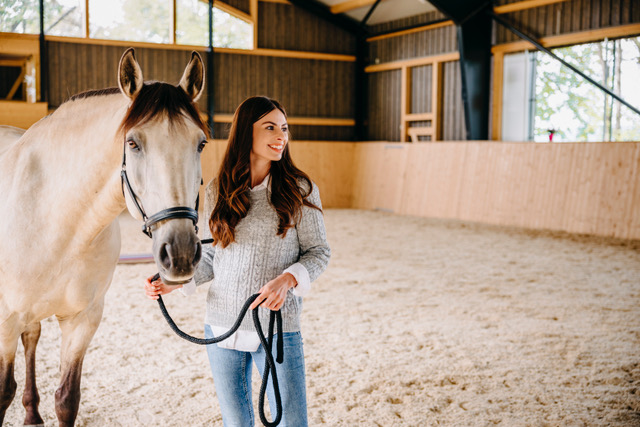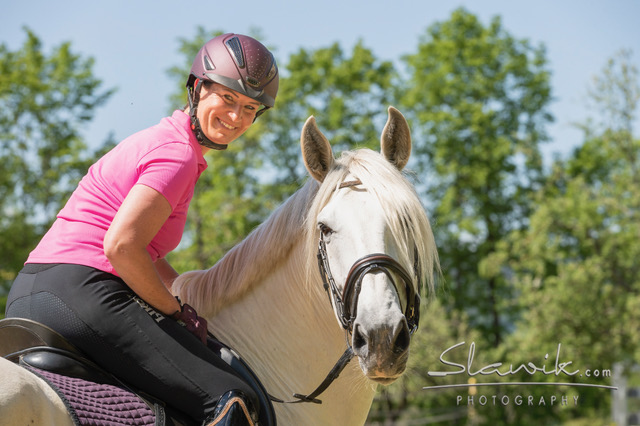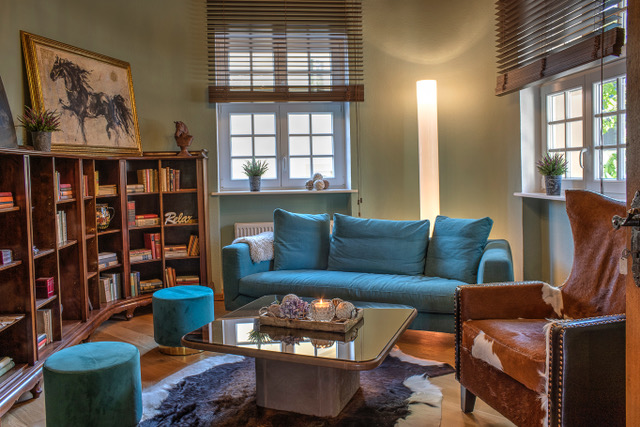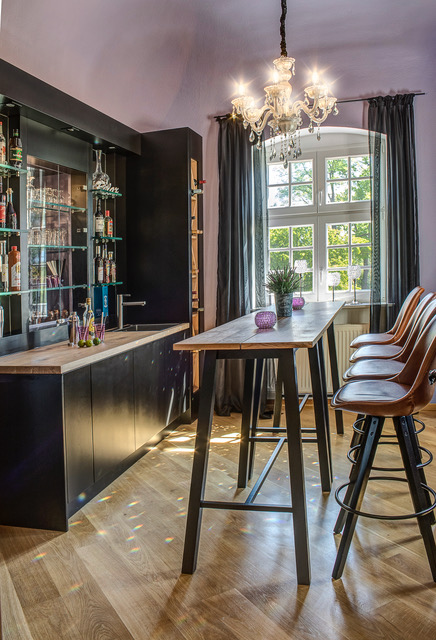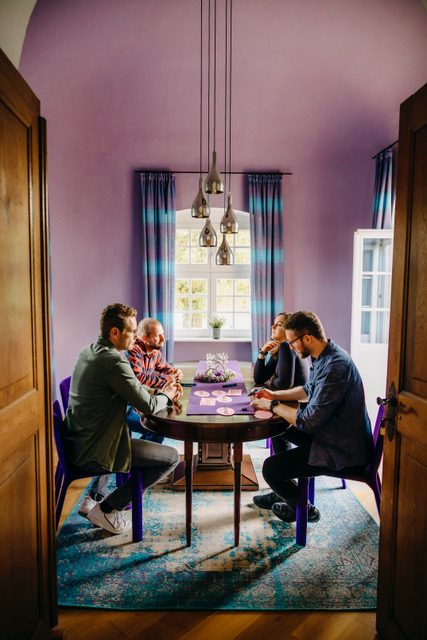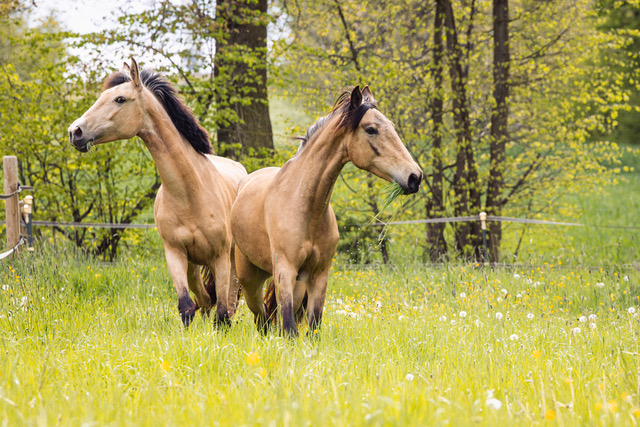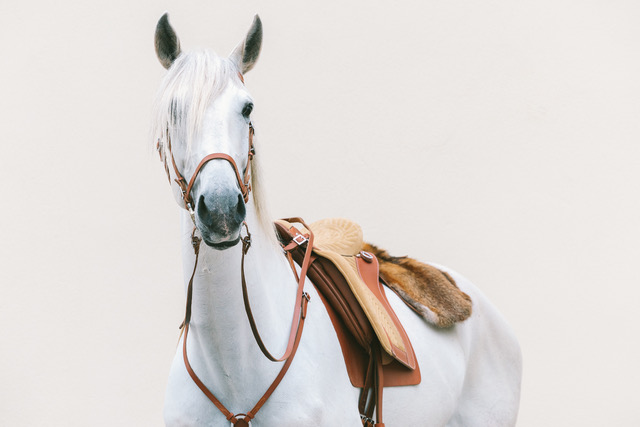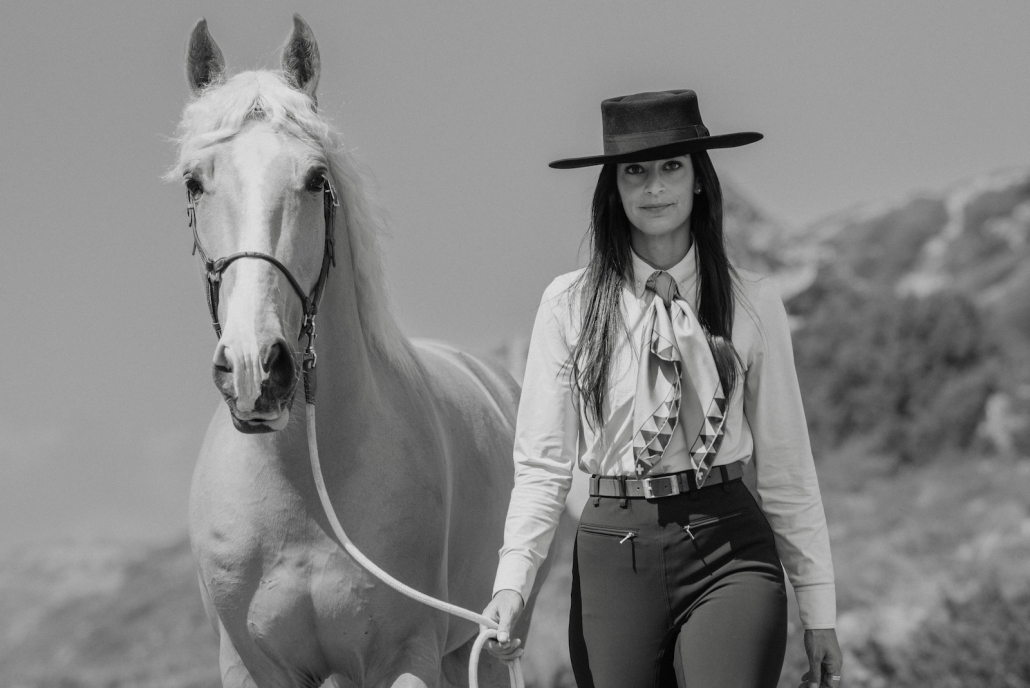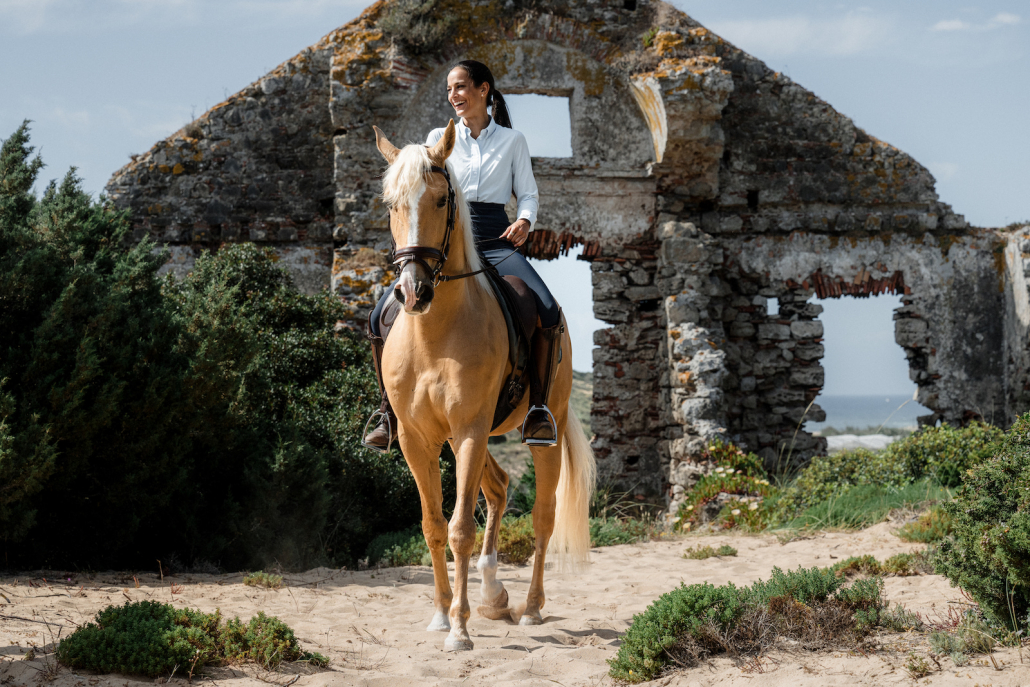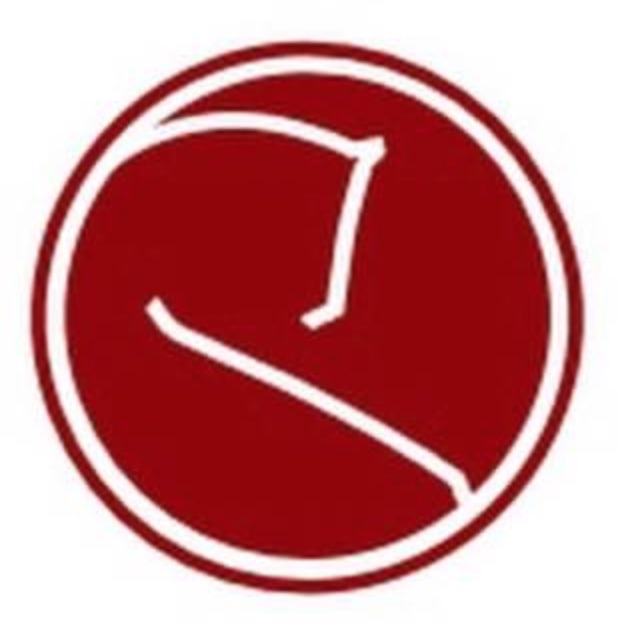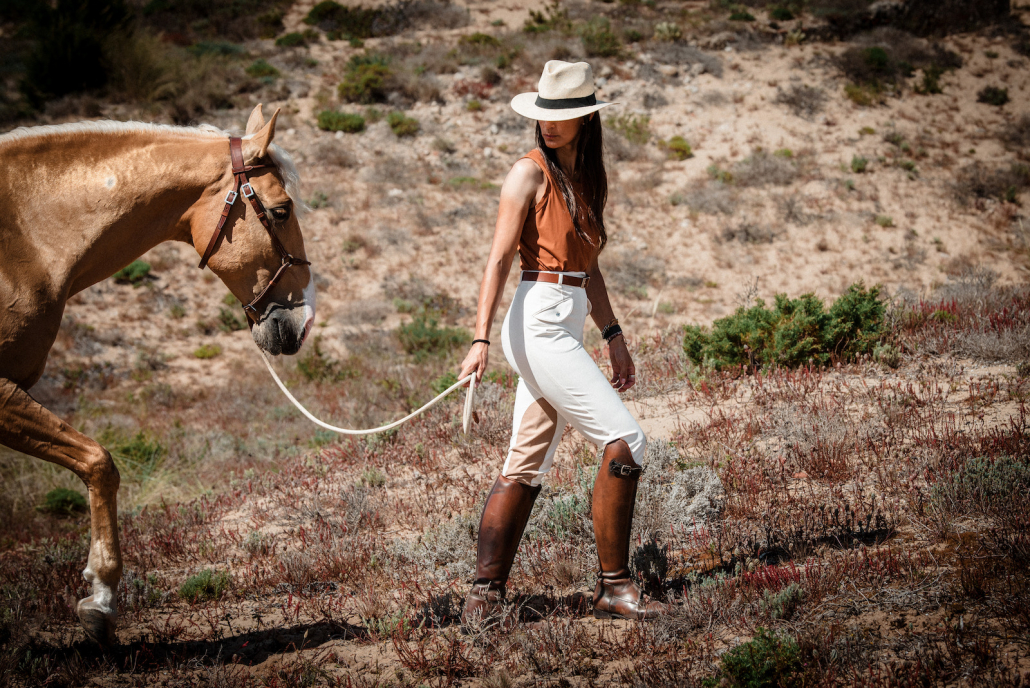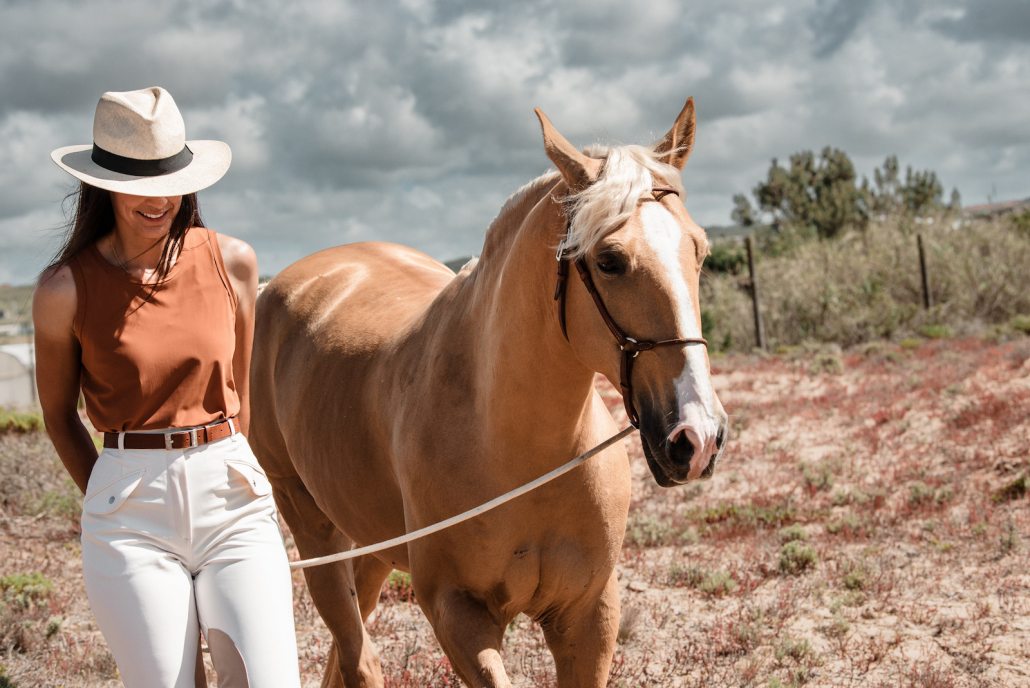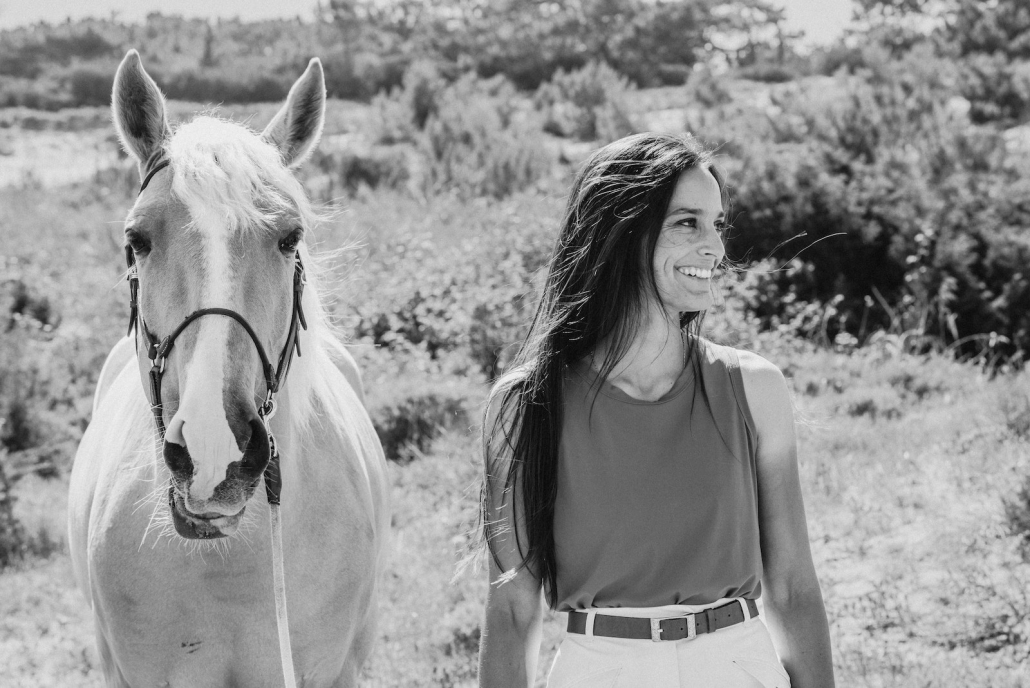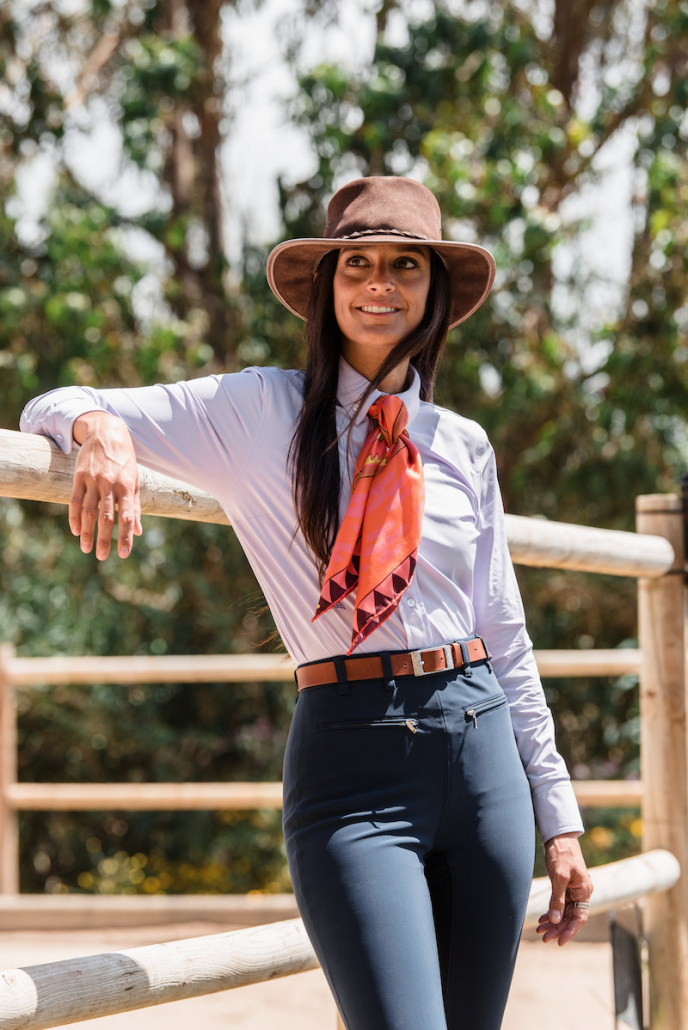The Power of Presence: The Essence of True Classical Mastery
The Power of Presence:
The Essence of True Classical Mastery- Bridging Timeless Tradition with the Modern Rider’s Mindful Connection”
Know the Importance of Presence as the key to Harmony & Lightness
“In my previous article on becoming a more mindful equestrian, I touched on the importance of presence in our practice. But this topic is so powerful that it deserves a deeper exploration. The classical masters understood the profound influence our energy has on our equine partners—and how it shapes the connection between rider and horse. This wisdom is not confined to the past. Today, both classical riders and some competitive equestrians alike continue to embrace the transformative power of being fully present with ourselves and our horses.
Image Nuno Cavaco riding fully in the moment by Teresa Burton
A seemingly neglected yet important key step in achieving a profound connection with your horse is to become aware of, and value, harness the beauty that the present moment holds.
Ancient & Modern Classical Masters
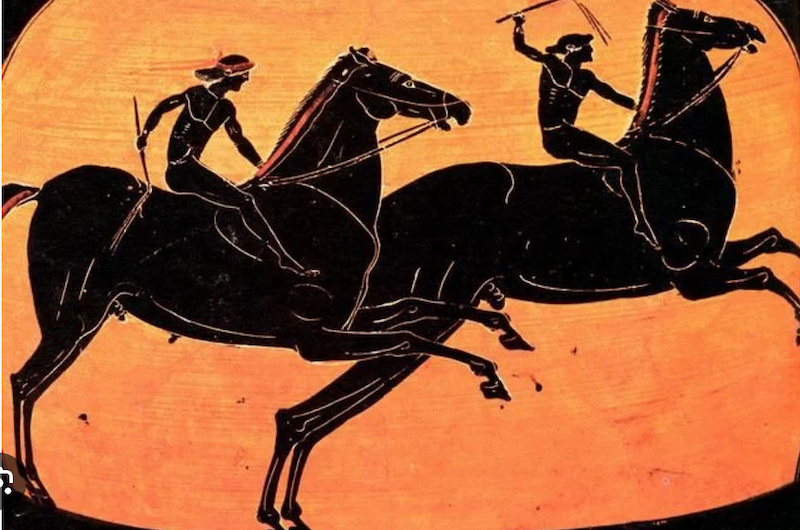
Image from age of Xenophon
How Mindfulness Transforms Your Riding and Unlocks Harmony
In the world of classical dressage, the connection between horse and rider is not just about physical skill; it’s a deeper, more intuitive relationship. For centuries, masters of classical horsemanship have emphasized the importance of understanding the horse, cultivating mental clarity, and establishing a harmonious, light, and fluid connection. Interestingly, these same principles mirror the core tenets of mindfulness—a practice rooted in being fully present, aware, and non-judgmental in the moment.
In this post, we will explore how mindfulness, with its focus on awareness, patience, and emotional balance, can enhance the timeless practices of classical dressage, ultimately unlocking a deeper level of harmony and lightness in the rider’s connection with their horse.
The Mindful Rider: Connection Through Awareness
Classical dressage, with its emphasis on balance, grace, and subtlety, requires that the rider remain fully present in their body and mind. The ability to be in tune with the horse’s movements, to listen to its reactions, and to respond accordingly is a skill that takes years to develop. This is where mindfulness becomes invaluable.
When a rider practices mindfulness, they become more aware of their own emotions, body, and breath—creating a calm and focused mind that can transfer this energy to the horse. The mental clarity and presence gained from mindfulness allow riders to respond with greater sensitivity, intuition, and precision. Instead of relying on force or tension, the mindful rider communicates with the horse through small, subtle cues, creating a connection that is based on mutual respect and understanding.
Maestro Nuno Oliveira :
“The horse is a mirror of the rider’s soul. And sometimes, you may not like what you see in the mirror.”
This quote speaks to the importance of self-awareness and the emotional connection between horse and rider, echoing the mindfulness concept of being in tune with your own feelings and reactions, as well as those of the horse.
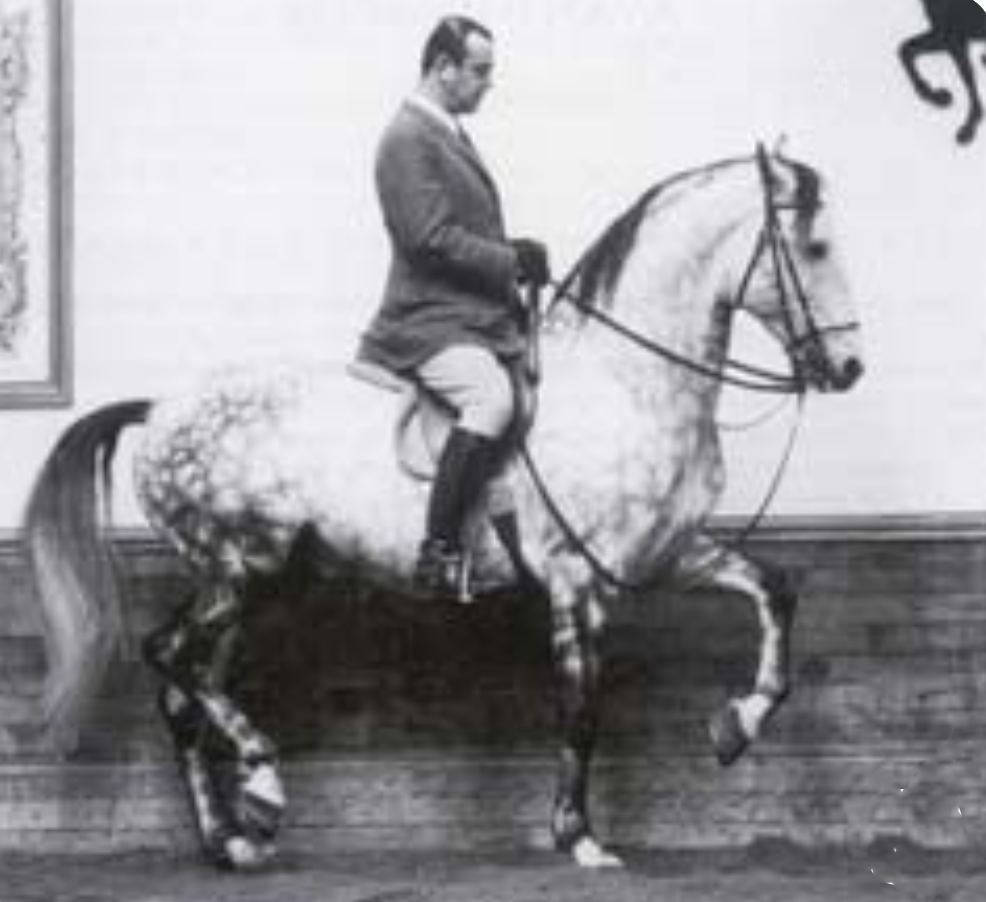 Image Maestro Nuno Oliveira
Image Maestro Nuno Oliveira
Empathy and Emotional Awareness: The Heart of Classical Riding
A key component of classical horsemanship is empathy—the ability to understand and feel the horse’s emotional and physical state. Classical trainers such as Nuno Oliveira and Xenophon have long emphasized that a true horseman or horsewoman must not just control the horse, but feel it, respond to it, and communicate in a way that respects the horse’s nature.
In the words of Xenophon :
“The key to success in horsemanship is to teach the horse with kindness and patience, so that the horse never has to fear the rider’s aids.”
This highlights the role of patience and empathy, which are central to both classical riding and mindfulness practices. If you are impatient your are not in the present moment.
Mindfulness, in many ways, is a practice of empathy. By becoming more aware of our own emotions and body sensations, we are better equipped to tune into the horse’s feelings. The mindful rider can sense when the horse is tense, anxious, or tired—offering support and guidance, rather than pushing the horse beyond its comfort zone. This creates an environment where both horse and rider can thrive, with lightness and fluidity at the forefront of their movements.
Carl Hester International Dressage rider and teacher said
“Dressage is about lightness, and lightness is achieved through a relaxed mind and body—both horse and rider.”
Patience – the Art of Lightness
Classical dressage is built on the principle of lightness—achieving movements that are graceful and effortless. However, true lightness can only be achieved when both rider and horse are in a relaxed state of mind. Tension in the rider, whether mental or physical, is often mirrored in the horse. The more relaxed and calm the rider, the more fluid and light the horse’s movement becomes.
Philippe Karl known for his quiet presence :
“The horse must be free in his body and soul. We cannot make him give us his mind until we have his heart.”
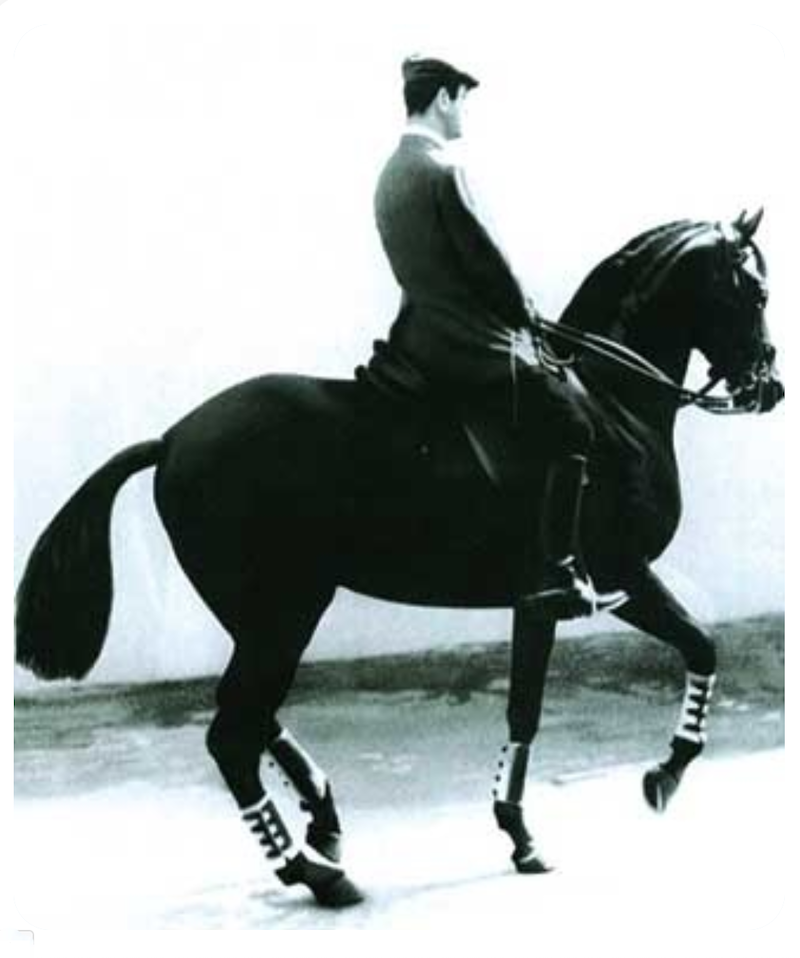
Image Phillipe Karl
This quote resonates with the mindfulness idea of creating a connection based on trust and emotional awareness. A rider must first connect emotionally with the horse to allow for true learning and harmony.
Mindfulness helps the rider cultivate patience—another foundational principle of classical dressage. It encourages acceptance of mistakes, and the understanding that growth and mastery come through consistent, gradual progress rather than forceful or rushed actions. By embracing mindfulness, the rider is able to stay grounded, remain present, and let go of frustration or self-criticism, allowing for more natural and harmonious progress.
Frédéric Pignon shares a sentiment that also mirrors mindfulness:
“In dressage, as in life, we need to go slow to go fast.”
This reflects the importance of patience and gradual progress, aligning perfectly with the mindfulness principle of allowing growth without rushing, embracing mistakes as part of the learning process.
The Horse as a Mirror: Mindfulness in Motion
Finally, one of the most fascinating aspects of mindfulness and classical dressage is the way they both focus on the relationship between the rider and the horse as a mirror. The horse, as an incredibly sensitive and intuitive animal, reflects the rider’s inner state. If the rider is tense, anxious, or distracted, the horse will mirror those emotions. Conversely, when the rider is calm, focused, and mindful, the horse will respond with grace, fluidity, and trust.
Aristotle wisely observed:
“Dressage is about lightness, and lightness is achieved through a relaxed mind and body—both horse and rider.”
This mirror effect is a powerful tool for learning. It allows the rider to observe how their own mental and emotional state influences the horse’s behavior, giving them the opportunity to adjust and refine their approach. In this way, both rider and horse grow together, creating a partnership based on mutual respect, trust, and mindfulness.
Many Young Modern Riders in Portugal embrace the classical principles
Principles handed down to them by their family and the classical masters.
Manuel Veiga
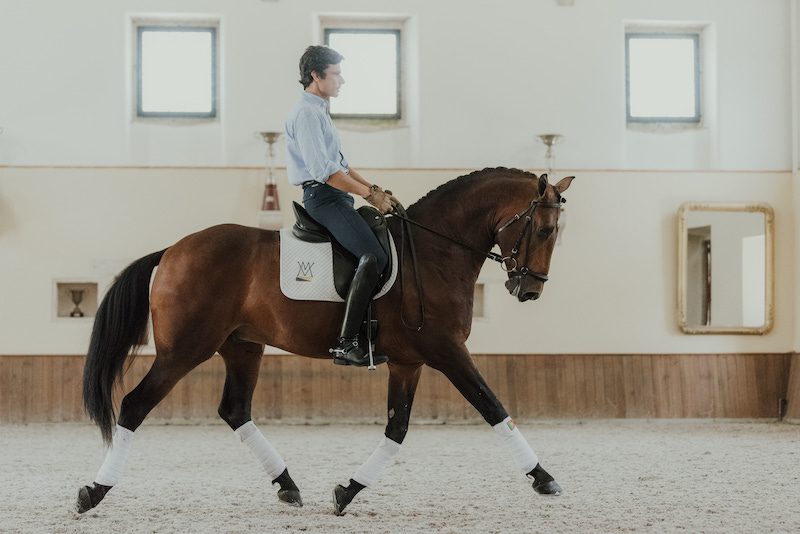
Image Manuel Veiga riding at his home Quinta do Broa by Lena Saugen Photography
Manuel Veiga is a shinning example of this in his mindful riding and deap desire to always look for harmony with his horse. He competes at Grand Prix Dressage without comprimising these values. Carl Hester in an interview said he thought Manuel Veiga was one of the finest riders he has encountered.
Manuel told us in an extraordinary interview
It is inside my heart and inside the hearts of the horses we reach together for the expression of this Art.
Nuno Cavaco

Image Nuno Cavaco and Acarus by Bruno Barata
Nuno Cavaco embraces mindfilness in his riding he believes the only way to know your horse is to reach for the connection in heart and mind by listening in the present moment. By spending time and never being in a rush.
He believes the statement
the difference of a trainer and a true classical horseperson is that the first teach the horse to do exercises and the second one teaches the horse to enjoy doing exercises.
Rita Ralao a rising star in international dressage competition demonstrated in the 2024 Paris Olympics how beautiful classical riding can be competitive and magical to watch. Trained by her father Miguel Ralao whose roots are in classical master at the Portuguese school of equestrian art.
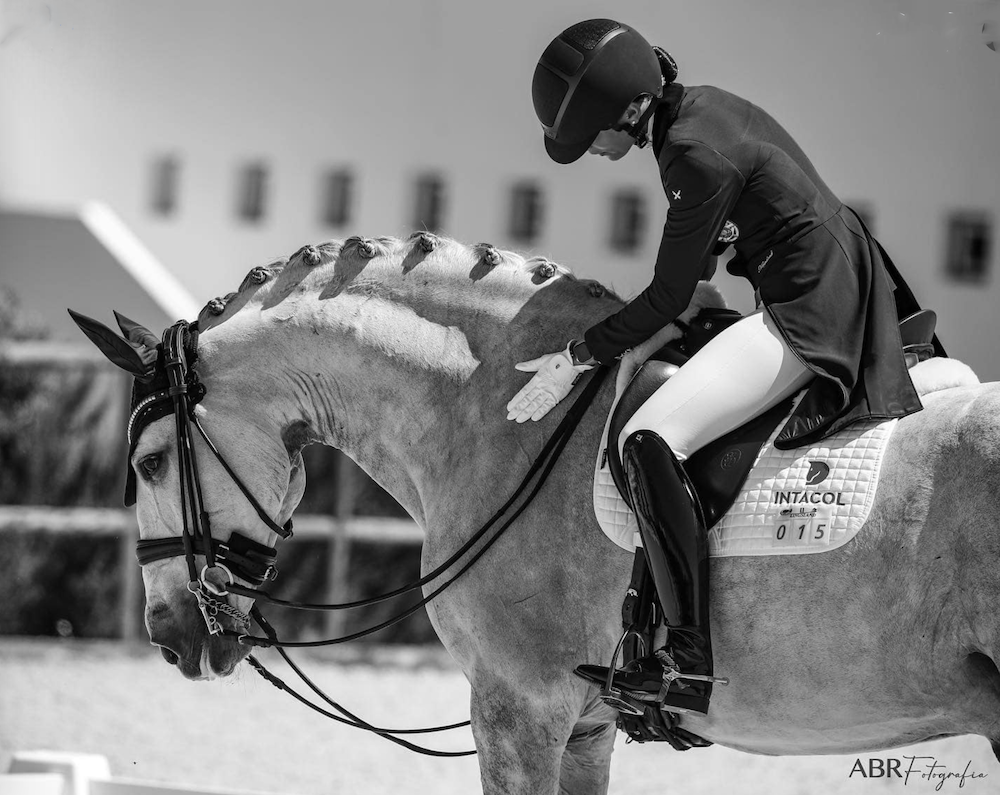
Image of Rita Ralao on Irao by ABR fotos
By integrating these mindful principles into classical dressage, riders can unlock a deeper level of harmony and lightness in their riding practice. The connection between horse and rider is transformed from a mere physical partnership into an emotionally attuned and harmonious relationship that enhances both performance and enjoyment. Whether in the arena or the barn, mindfulness offers the tools to create a balanced and fulfilling experience with your horse.
Be Good to Yourself, Be Vibrant and Be in the Generous Present Moment
By Teresa Burton
Images / stated under photo where known others from internet.
RIDE WITH US – CLASSICAL DRESSAGE
Previous Articles / Becomming more Mindful in your life
